Honoring the Past: Discover the Meaning and Beauty of Sword Tattoos
Sword tattoos have been an important symbolic and aesthetic tool from the past to the present. Literature and mythology often use them to symbolize a hero’s journey. A sword tattoo can represent a person’s journey or quest for self-discovery. Of course, limiting sword tattoos to only these would be wrong because the tattoos you carry on your body express you. Although we express classical meanings, the person who gets the tattoo creates the actual meaning., “you.” Because, like everything else in life, it is people who give sense to tattoos. Therefore, you can blend the information we will present in the rest of the article with your reality. Thus, you can have a unique tattoo with meanings that belong only to you.
Combining opposing concepts allows you to create something new. So instead of classic patterns, try what you imagine when you close your eyes. The meaning behind a tattoo is hiding in the reality you see. Don’t limit yourself. Let’s start
History of Sword Tattoos
The history of sword tattoos dates back thousands of years, tracing the roots of the symbol’s power, strength, and courage to warriors and leaders who wielded swords in battle. In ancient times, religious and mythological stories often depicted swords as sacred weapons. Researchers discovered the first recorded instances of sword tattoos on mummified remains in ancient Egypt, dating back to 2000 BCE. Knights popularized sword tattoos among the nobility by adorning their swords with intricate designs and symbols during the Middle Ages. It was a way to showcase their status and bravery. The people of Japan regarded the sword as a symbol of honor and loyalty, and they respected the samurai class for their exceptional proficiency with this weapon.
Traditional Japanese sword tattoos often feature cherry blossoms, dragons, and koi fish designs. In modern times, sword tattoos have gained popularity as a representation of strength, courage, and protection. Both men and women have embraced this symbol, often combining it with other elements such as skulls, roses, or tribal designs. Overall, the history of sword tattoos is rich and varied, with different cultures and periods contributing to their popularity. Whether one chooses a traditional or modern design, a sword tattoo remains a powerful symbol that makes a statement.
The Symbolism of Sword Tattoos
The symbolism of a tattoo can vary depending on the design and the wearer’s beliefs and values. However, some common meanings associated with sword tattoos include the following:
Strength: Swords have long been associated with strength and power, making them popular for those seeking to convey these qualities through body art.
Courage: Wielding a sword requires courage and bravery, symbolizing these traits as well.
Protection: Since people created swords as defensive weapons, it is unsurprising that individuals frequently choose them as a symbol of protection in their tattoos.
Justice: Swords have been used in many cultures and religions to symbolize justice and righteousness. As such, a sword tattoo can represent a commitment to fairness and upholding what is right.
Honor: Swords have also been associated with honor and nobility, making them popular for those seeking to convey these qualities through tattoos.
When designing your sword tattoo, consider the type of sword you want to use and any additional elements you wish to include.
The sword has a very sacred meaning in culture. We can incorporate this sacred symbolic meaning into the accessories we wear daily so that the sword can accompany us in another form – Custom Pendants, giving us endless good luck and strength. In the design of the sword pendant, you can choose the type of sword you like.
In addition, you can also cleverly incorporate other elements to enhance its symbolic meaning. For example, the olive branch wrapped around the hilt, the stars pointed by the sword tip, or the runes surrounding the blade. When you wear the pendant, you can feel the strength and courage from the bottom of your heart, reminding you to always maintain a sense of justice, forge ahead, and pursue your glory and dreams.
Sword Types
Swords have been used as weapons for thousands of years and have significantly shaped history. From ancient times to today, swords have come in various forms and styles.
Katana: The Katana is a Japanese sword with a curved blade famous for its sharpness and deadly accuracy. The samurai class used it in the past, and martial artists and collectors still favor it today.
Longsword: The Longsword, which gained fame during the medieval era in Europe, was a weapon of choice among knights in battles. It was popular among warriors and found its way into various art and literary works. A typical longsword typically consists of a straight, double-edged blade, a crossguard, and a hilt.
Rapier: The Rapier is a slender, thrusting sword famous during the Renaissance era. It was commonly used for dueling and fencing and is often associated with nobility and refinement.
Sabre Sword: The Sabre originated in the Middle East and became popular among European armies as a curved sword. People typically use it for slashing attacks, and modern-day sports like fencing still use it.
Jian: The Jian is a straight, double-edged Chinese sword that dates back to the Bronze Age. It is a versatile weapon that is effective for both thrusting and cutting. The Jian was also a symbol of the Chinese scholar class and was often used in martial arts training.
Dao Sword: The Dao is a traditional Chinese sword used for centuries. It has a curved, single-edged blade designed for chopping and slashing and is often paired with a miniature dagger for close combat. The Dao was used by various soldiers and warriors throughout Chinese history and is still used in some martial arts practices today.
Swords hold a vast history and cultural importance throughout many world regions. Each sword type boasts unique features and purpose, from the Japanese Katana to the Chinese Dao and the European Rapier to the Middle Eastern Sabre and Scimitar. Whether used for warfare or ceremonial events, these weapons fascinate and inspire people today. These few examples are given only to help you understand the topic. There are more than a hundred types of swords.
Tattoo Aftercare: Tips and Instructions
Getting a tattoo is an exciting experience, but proper aftercare is crucial to ensure your new tattoo heals appropriately and looks great for years. In this article, we’ll provide tips and instructions for tattoo aftercare.
It’s essential to keep your tattoo clean and moisturized. Washing your new tattoo with mild soap and warm water several times a day would be best, removing any excess ink or blood. After washing, pat the area dry with a clean towel and apply a thin layer of moisturizer or ointment recommended by your tattoo artist.
It’s also essential to avoid exposing your new tattoo to direct sunlight or soaking it in water for the first few weeks after getting it. This means avoiding swimming, hot tubs, and long showers. Additionally, you should avoid wearing tight or restrictive clothing that can rub against your tattoo and cause irritation.
As your tattoo heals, you may experience some itching or peeling. Resisting the urge to scratch or pick at your tattoo is essential, as this can lead to infection and damage the design. Instead, you can apply a cool compress or use an anti-itch cream recommended by your tattoo artist.
Finally, following any additional instructions your tattoo artist provides is essential. This may include avoiding certain activities or applying specific products to your tattoo. Your tattoo artist is a valuable resource for aftercare advice, so don’t be afraid to ask questions or seek their guidance.
A sword tattoo is a powerful symbol representing a range of values, such as strength, courage, protection, justice, and honor. People across different cultures and periods have been drawn to the imagery of swords, making it a popular design choice for tattoos dating back thousands of years. If you’re considering getting a sword tattoo, selecting a skilled artist specializing in sword designs is crucial to ensure a striking and visually stunning result. Additionally, consider any extra elements you want to add to make your tattoo more personal and unique.
To provide you with some inspiration, we’ve selected 50 fantastic sword tattoos that showcase the diversity and beauty of this tattoo design.
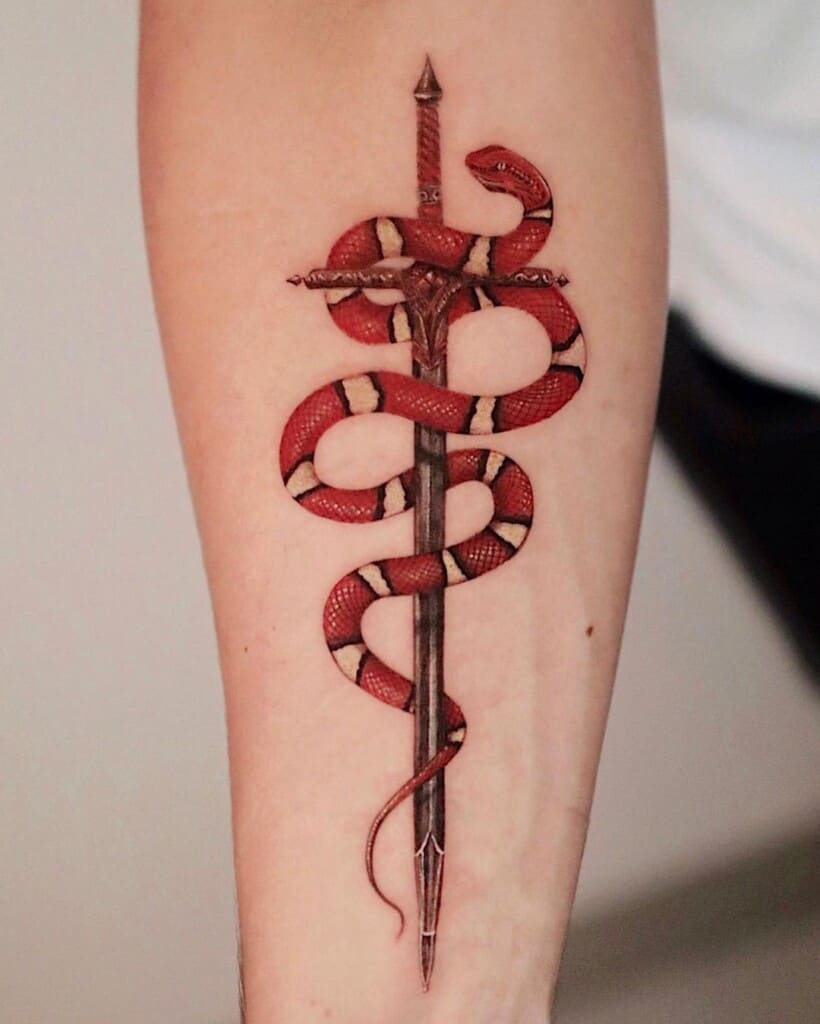
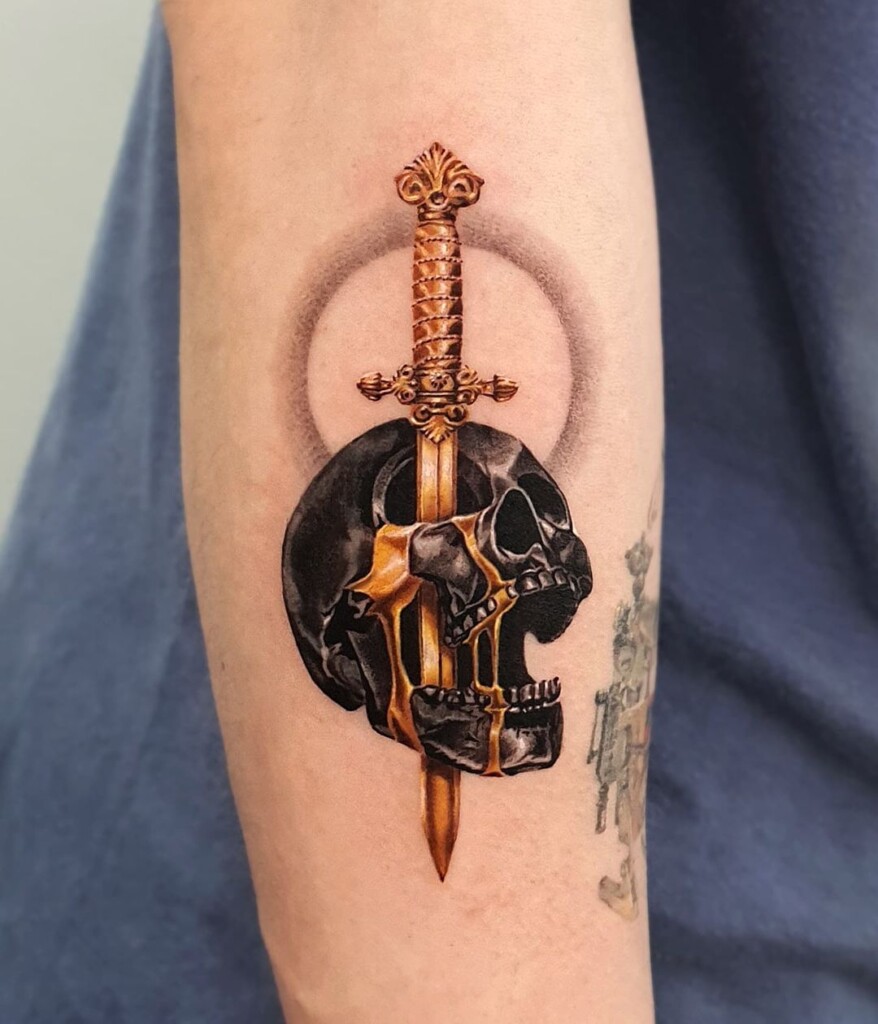
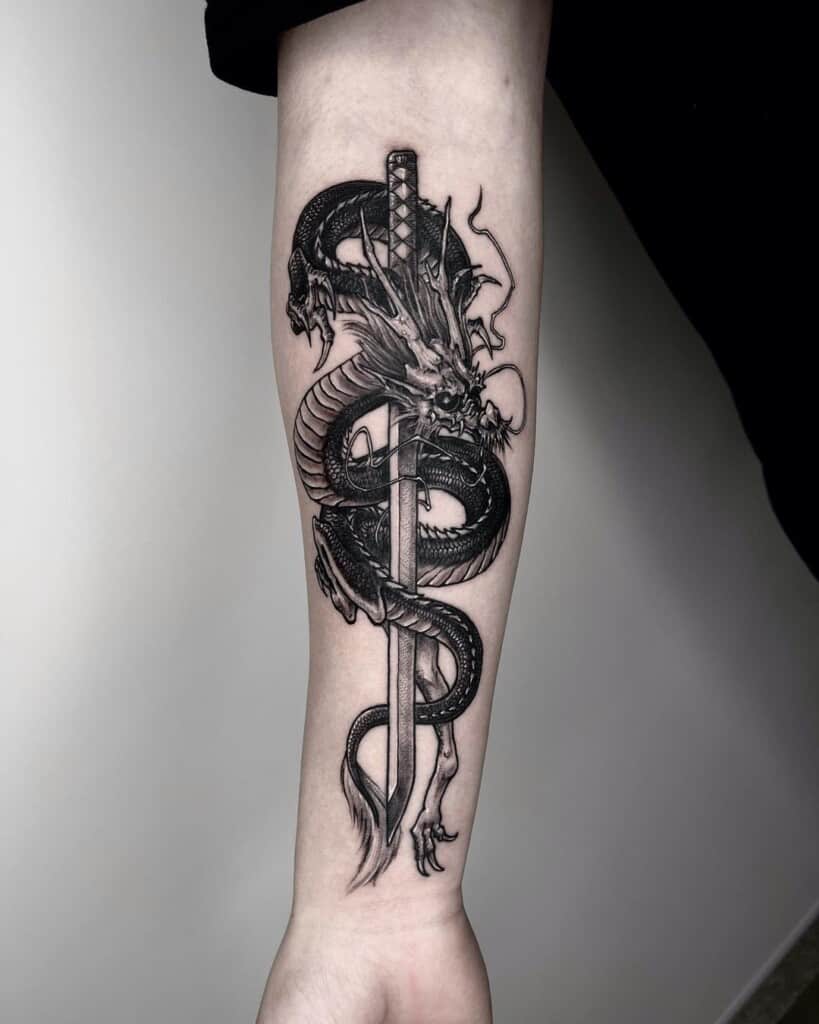
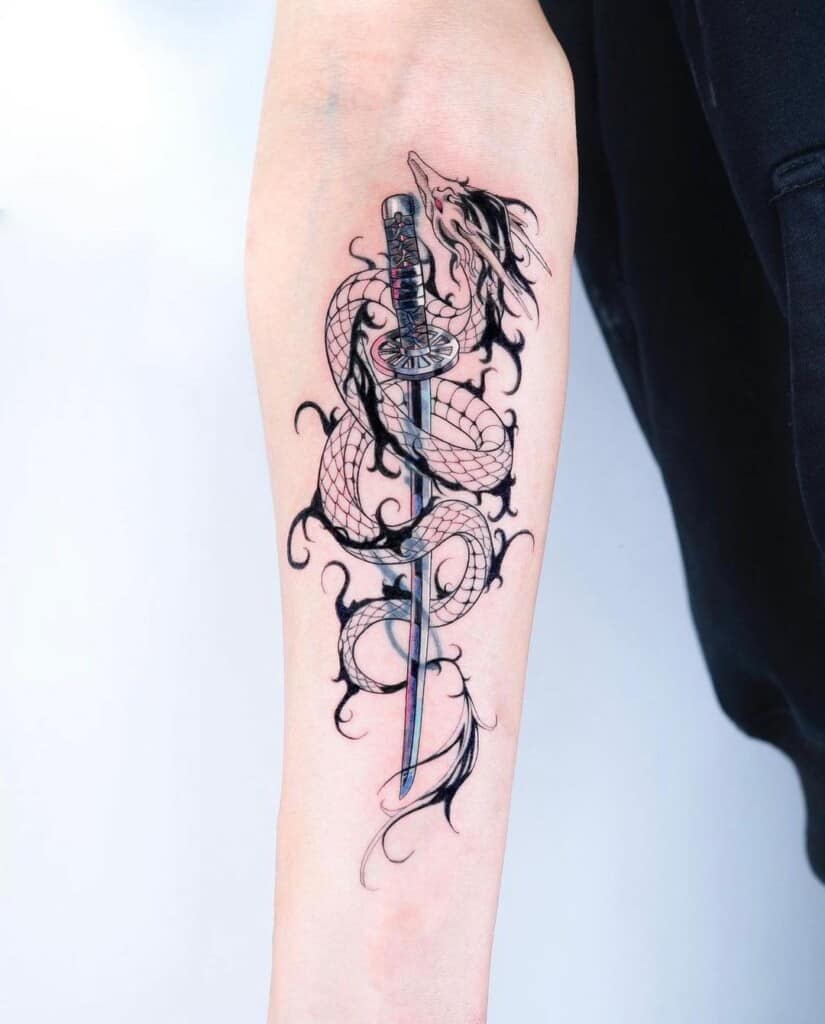
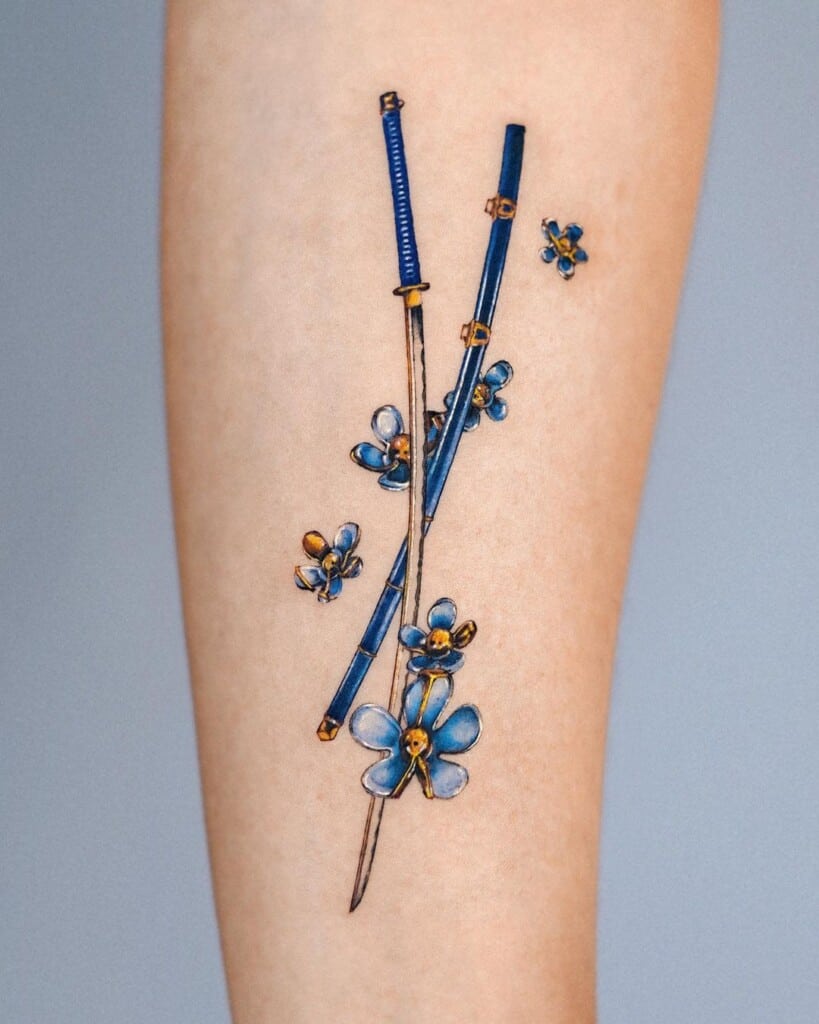


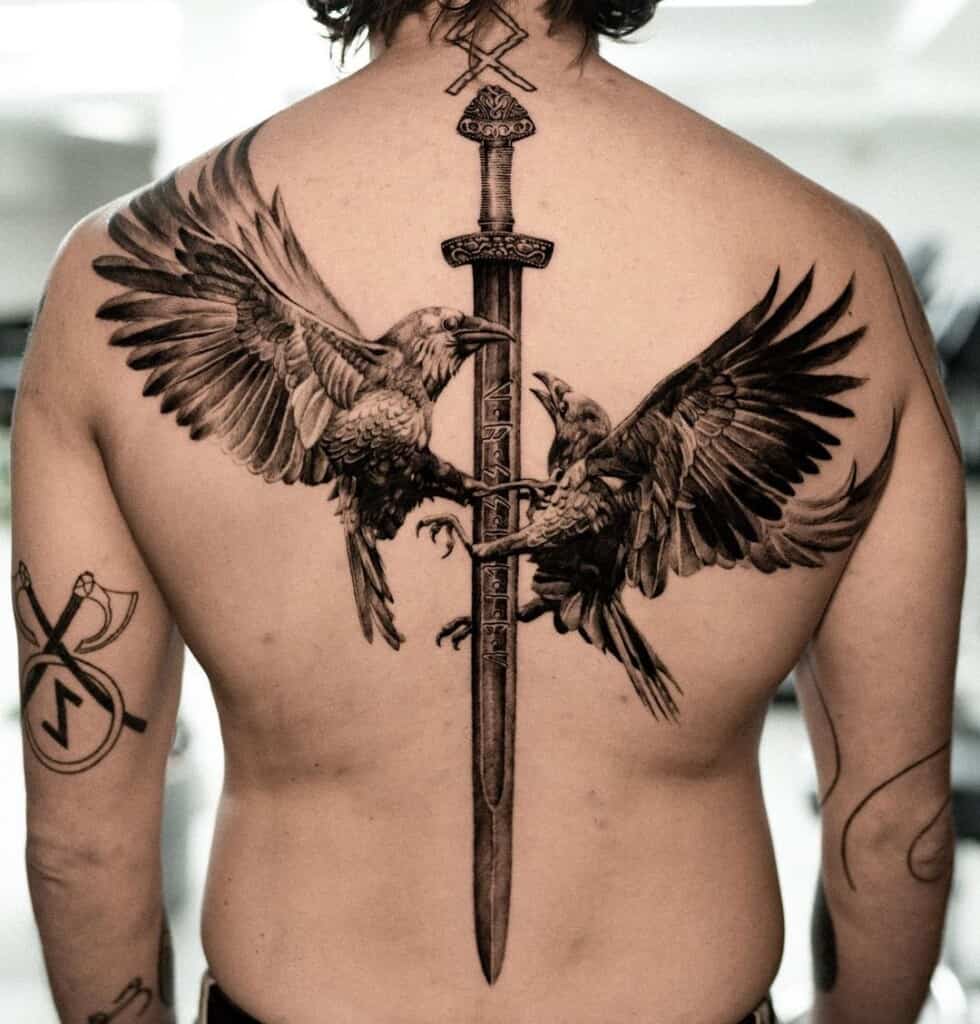
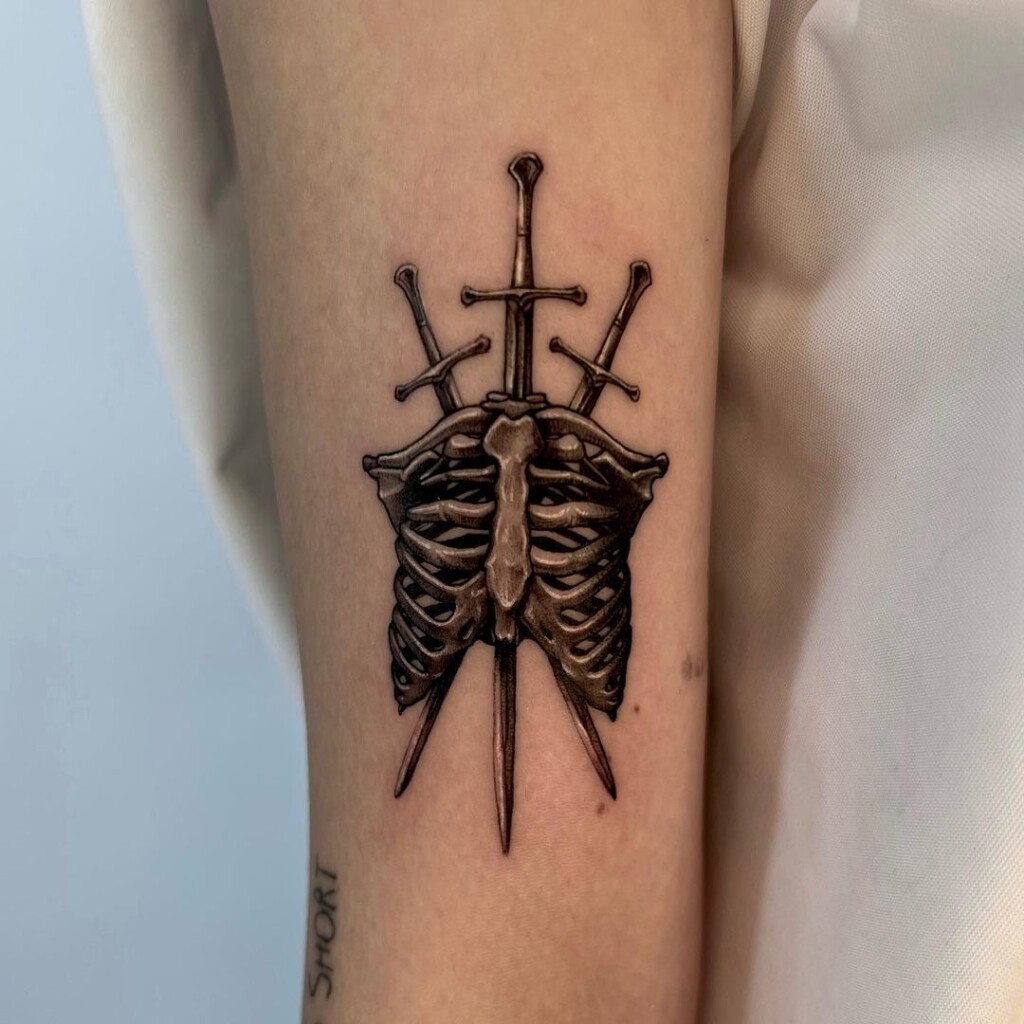
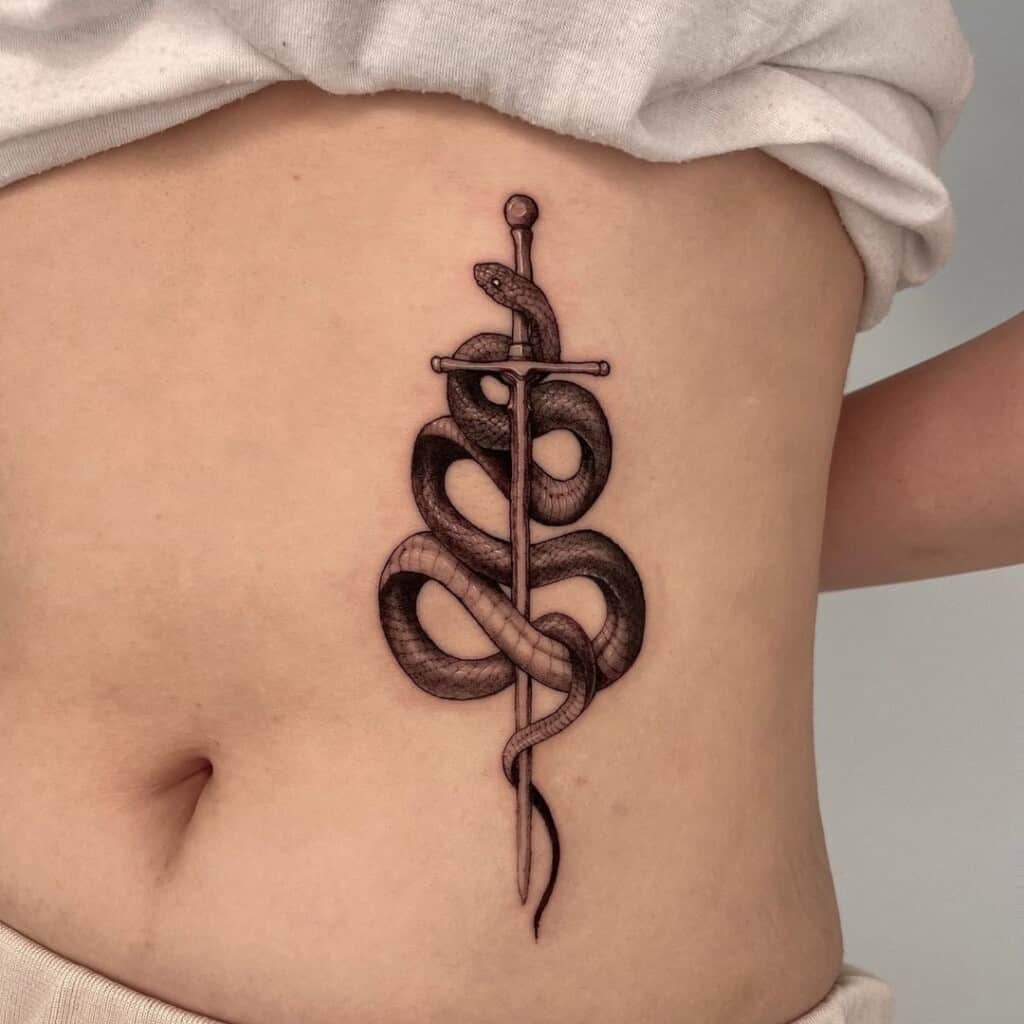


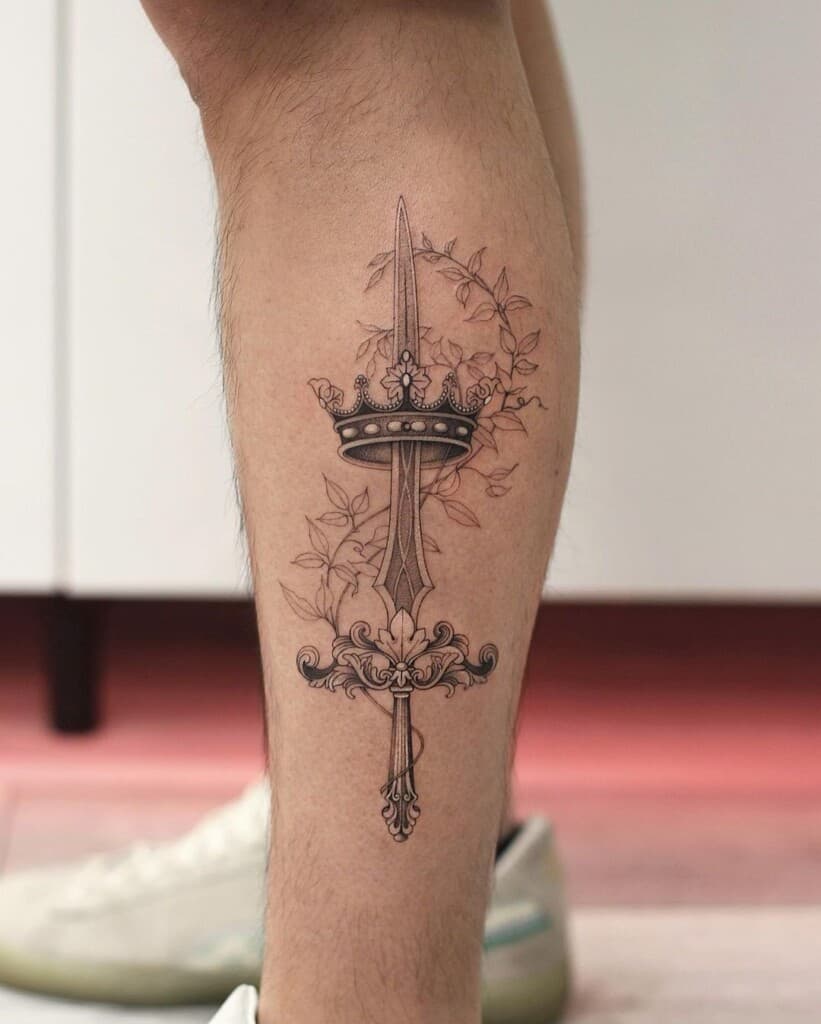


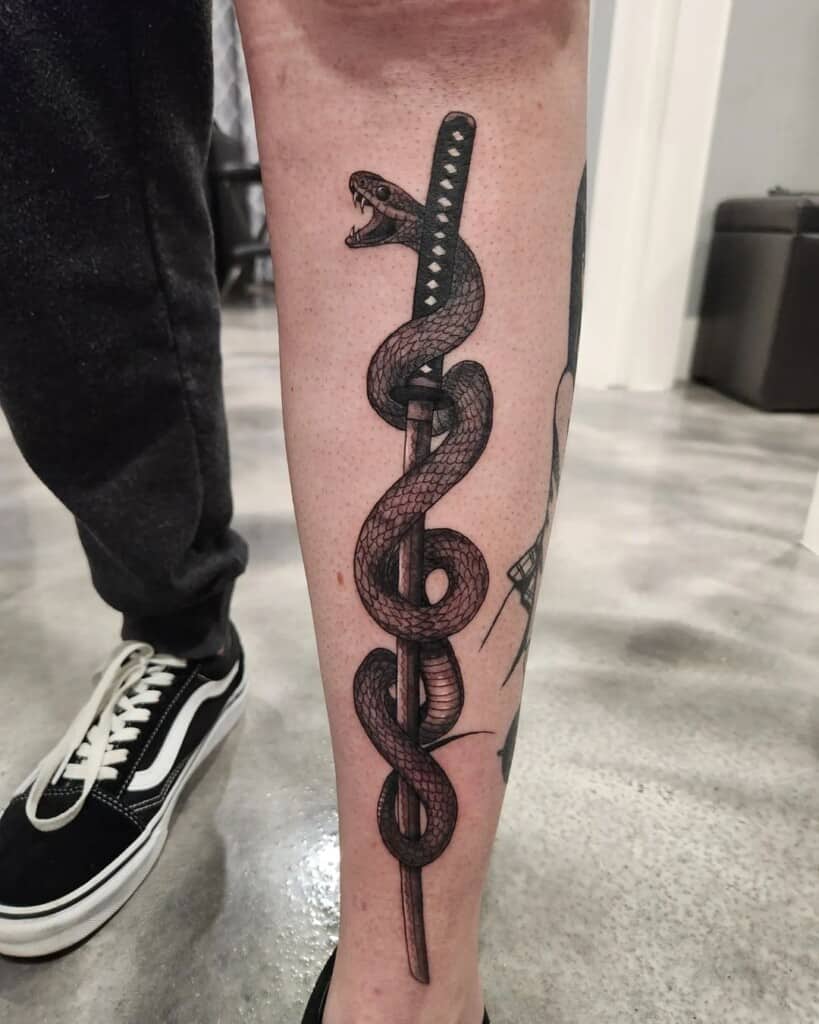

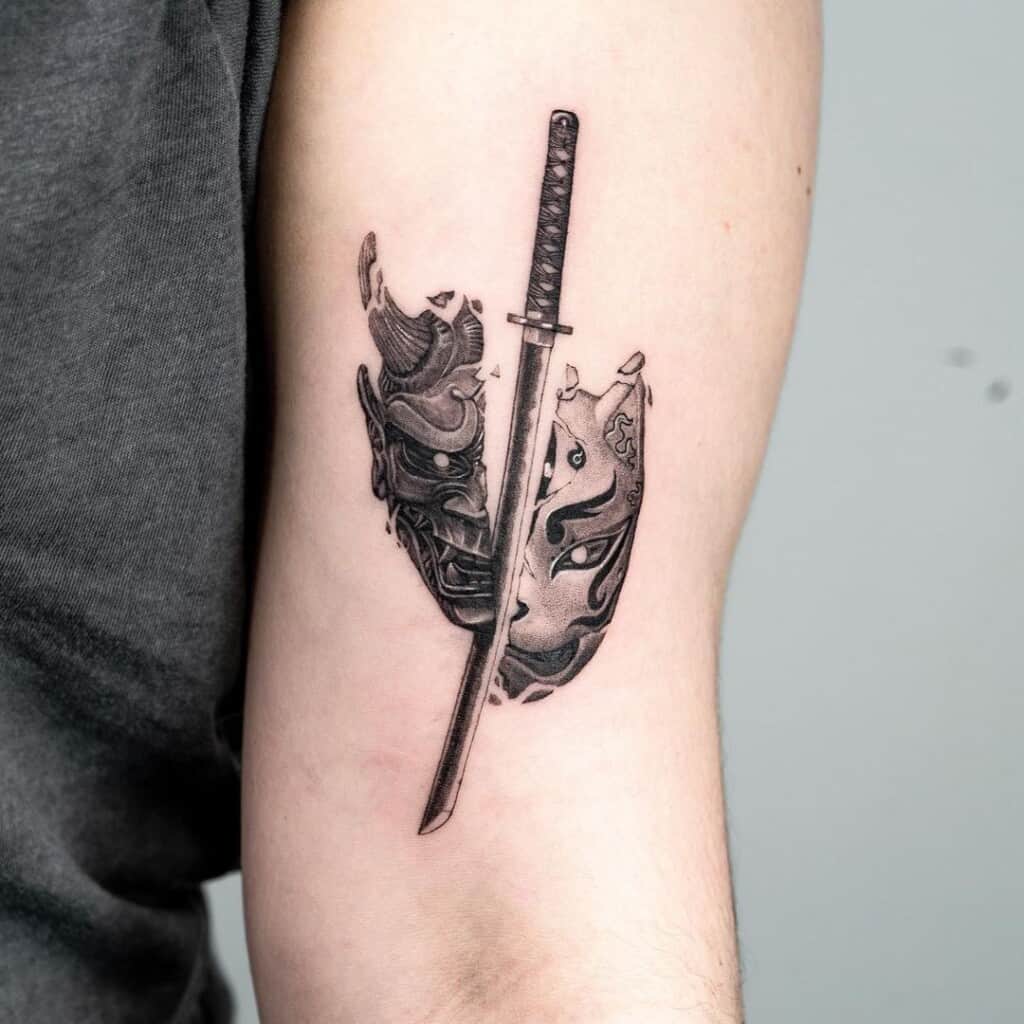

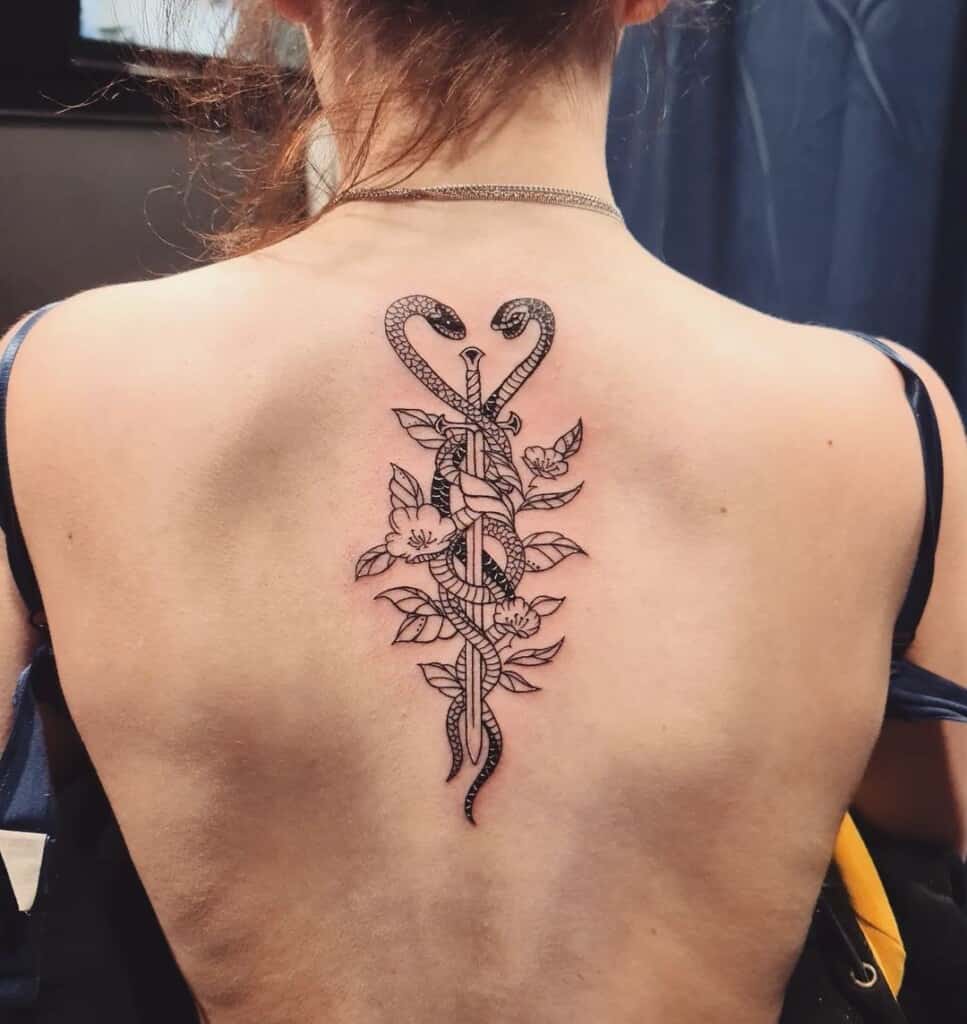
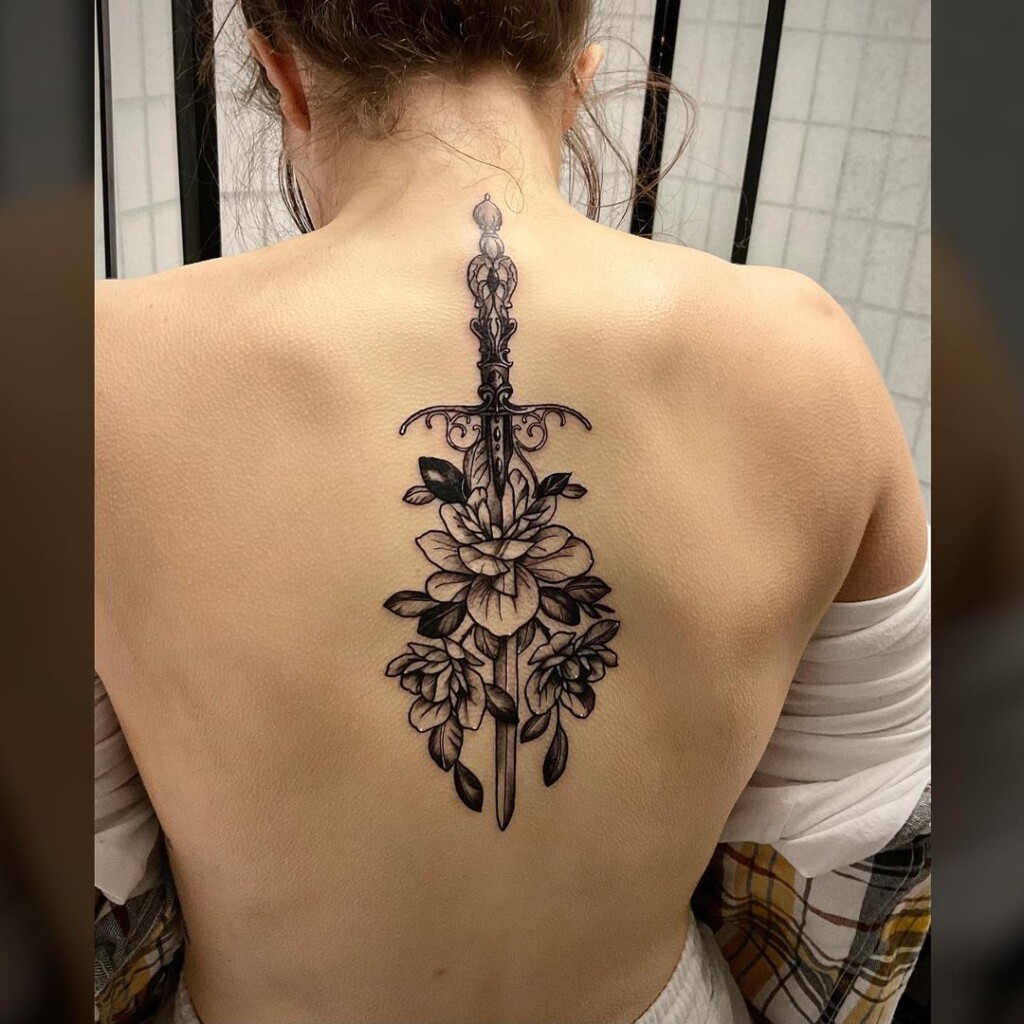
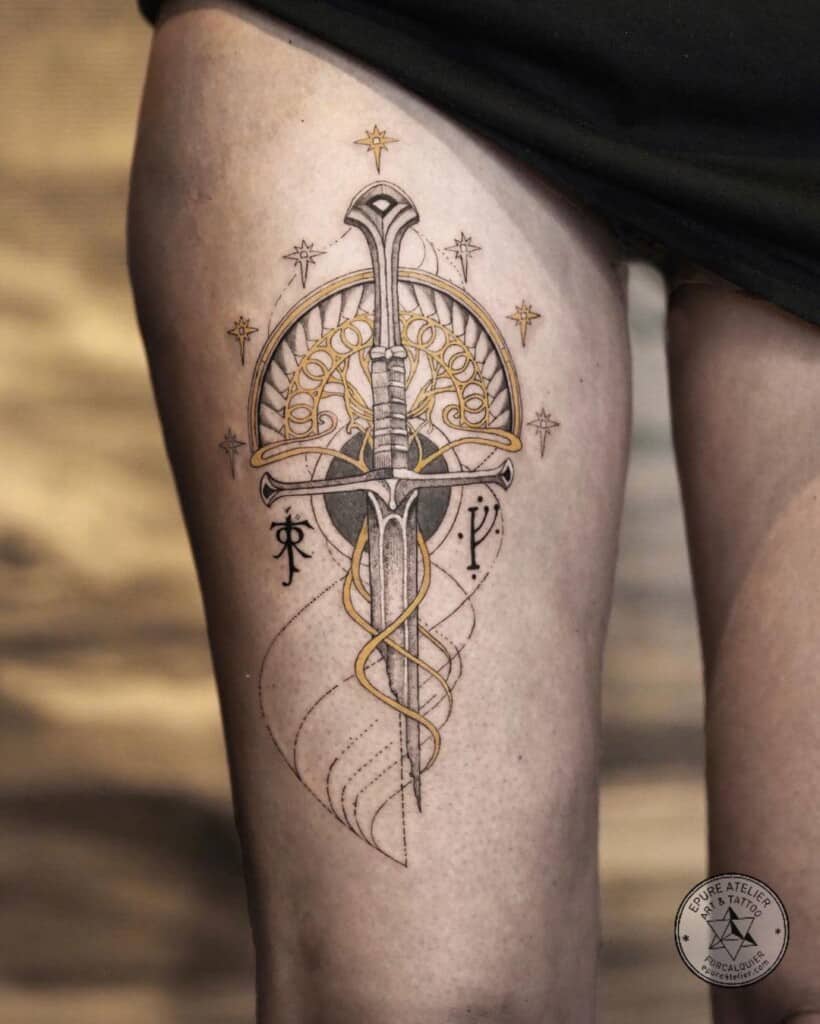

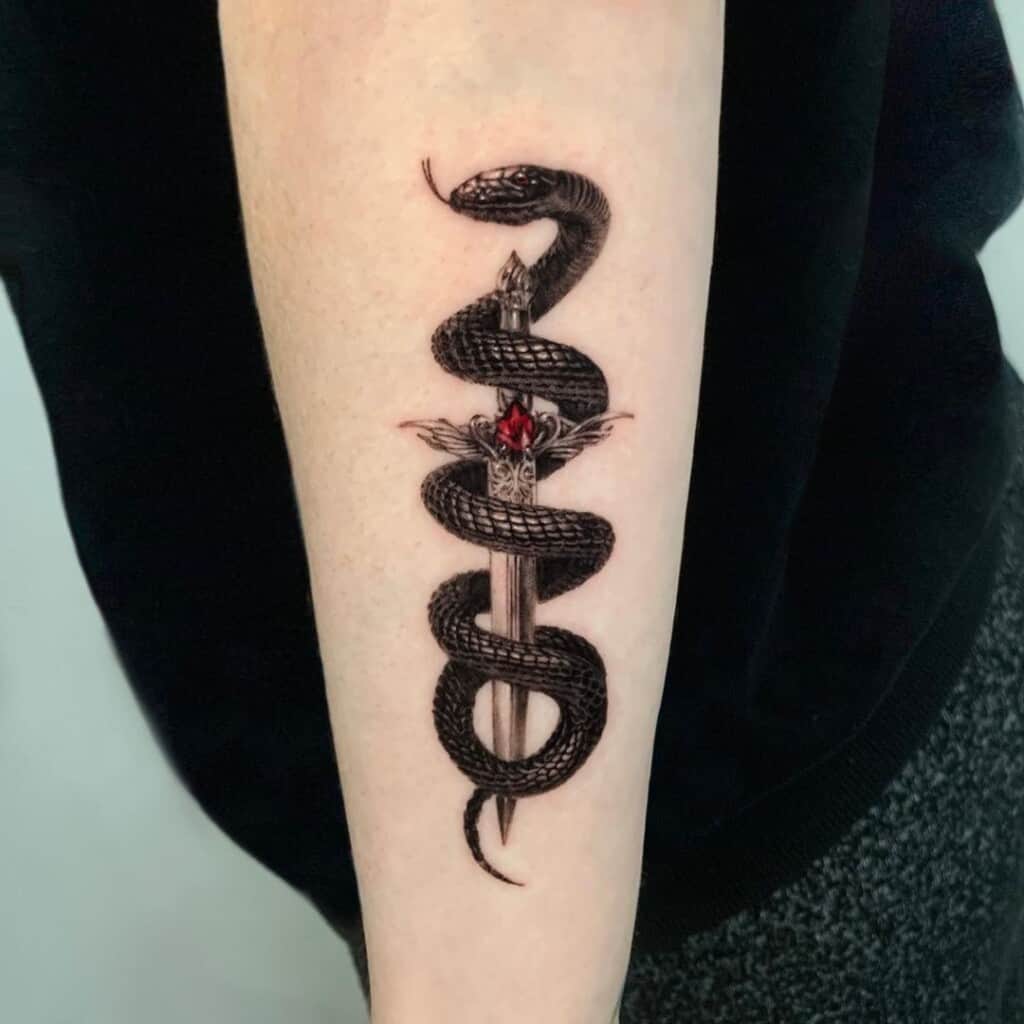
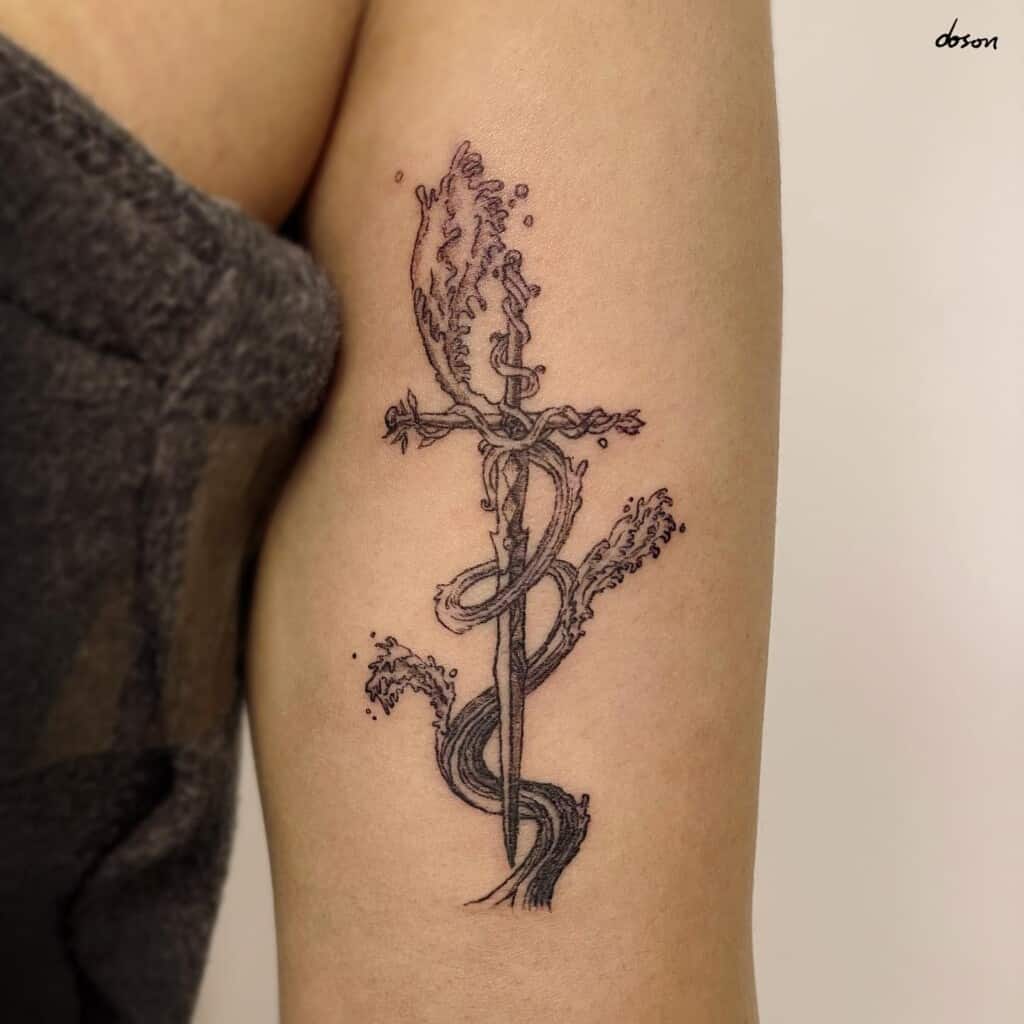
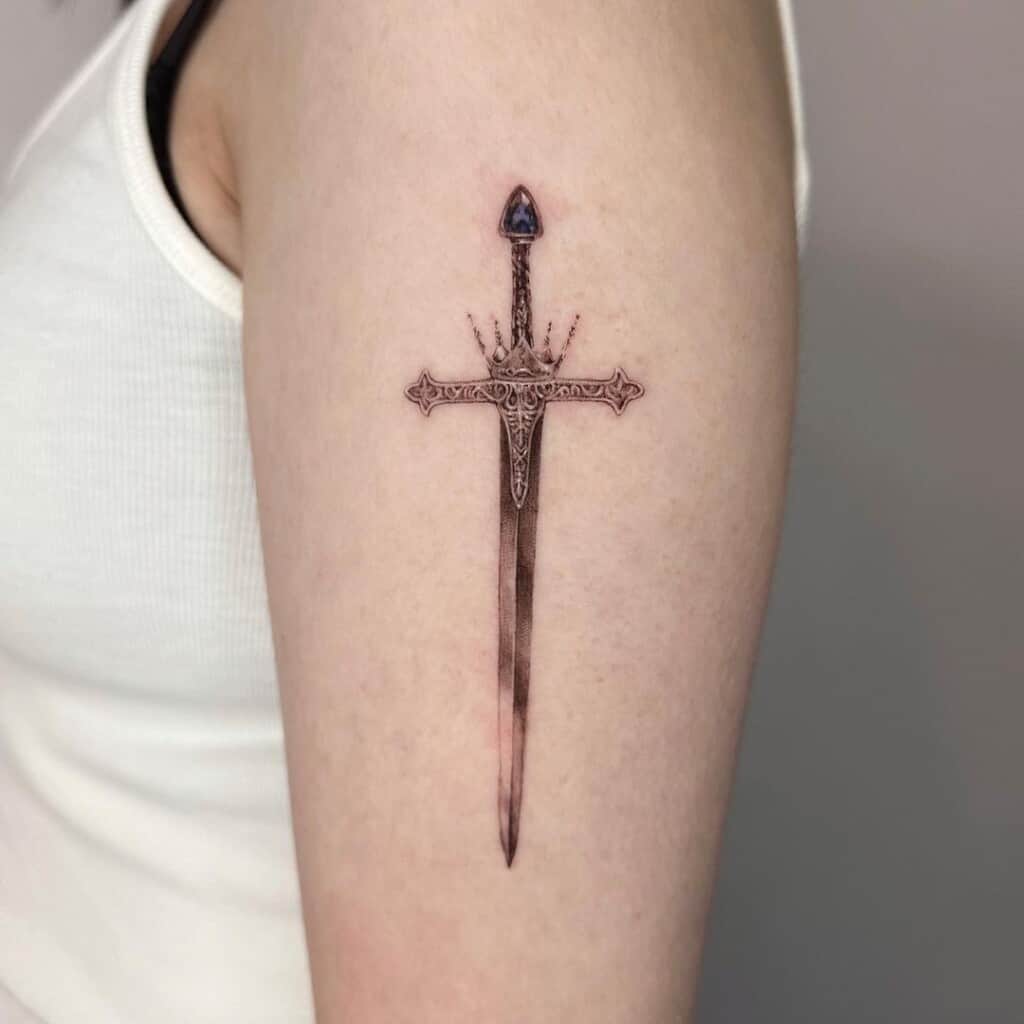

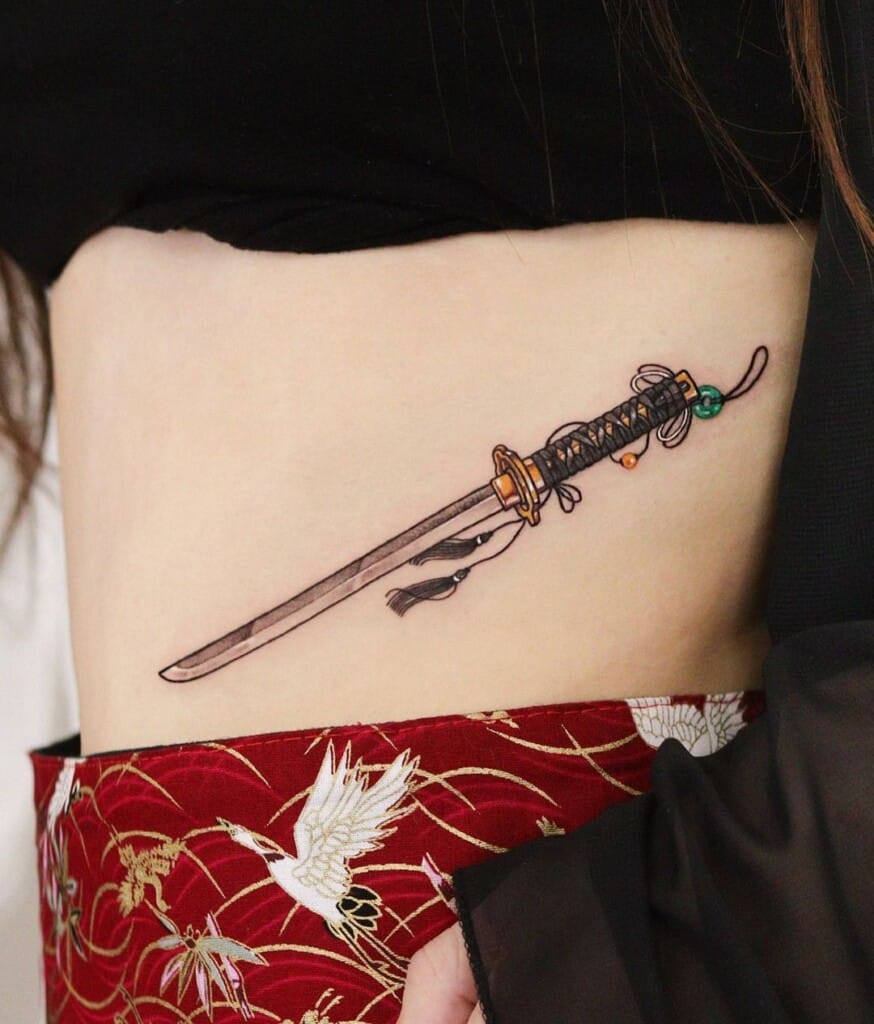

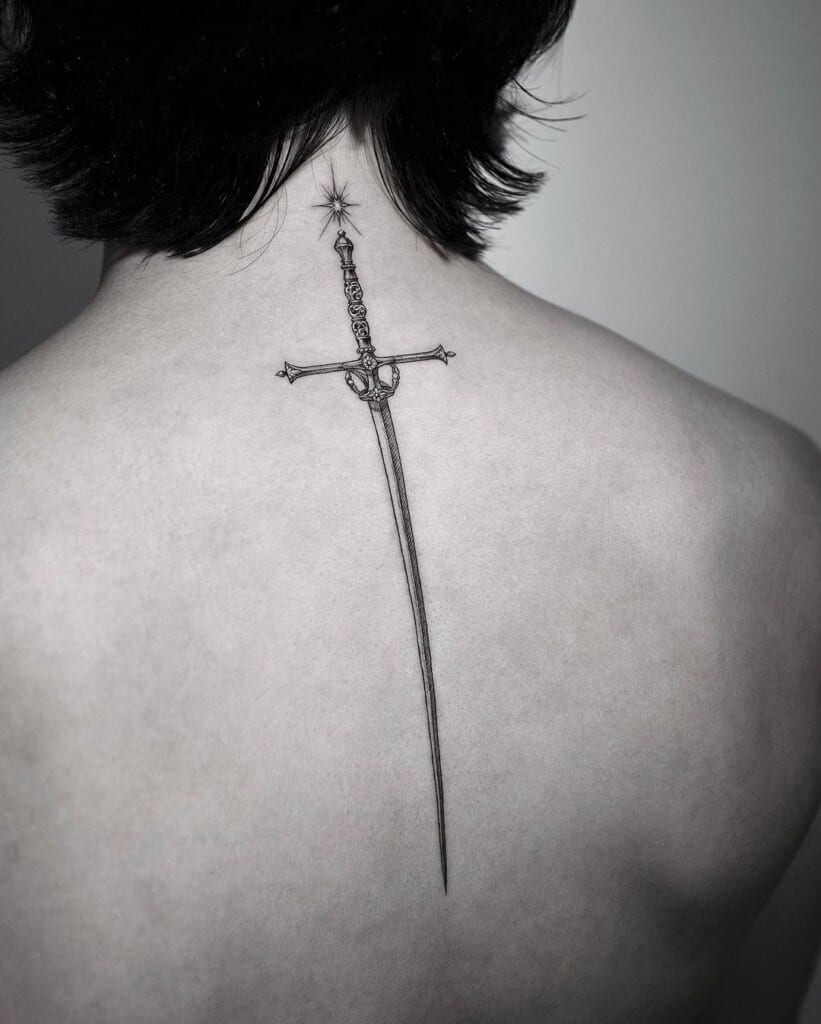
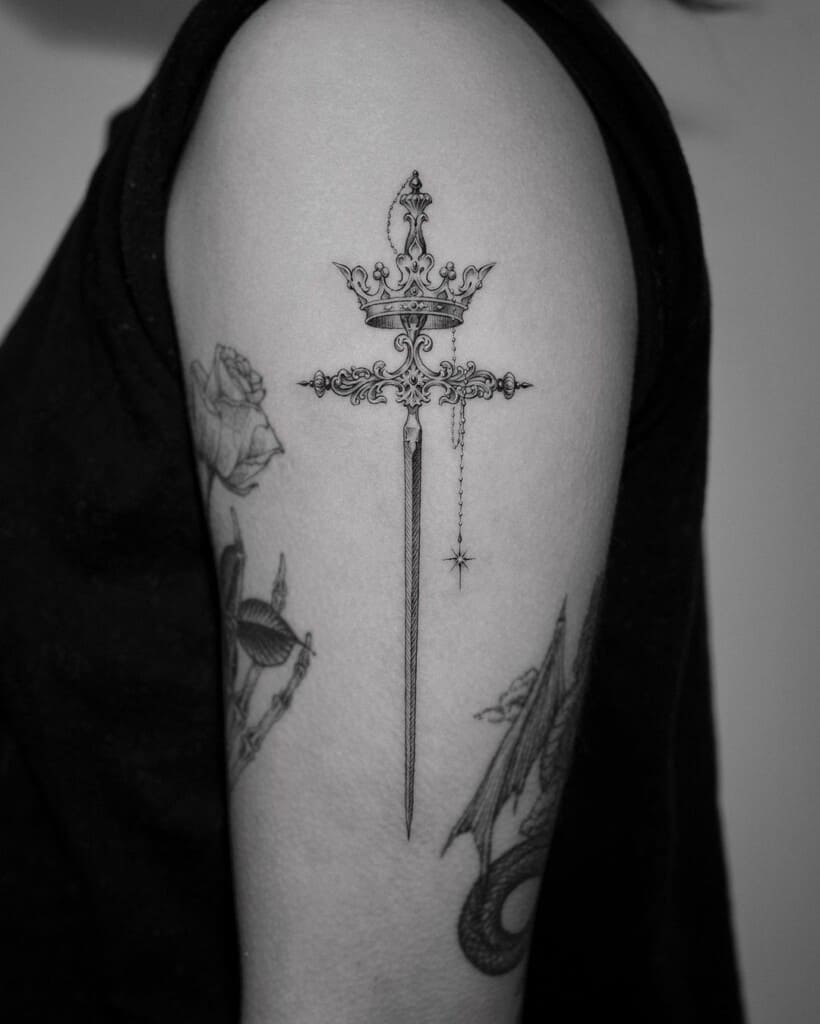
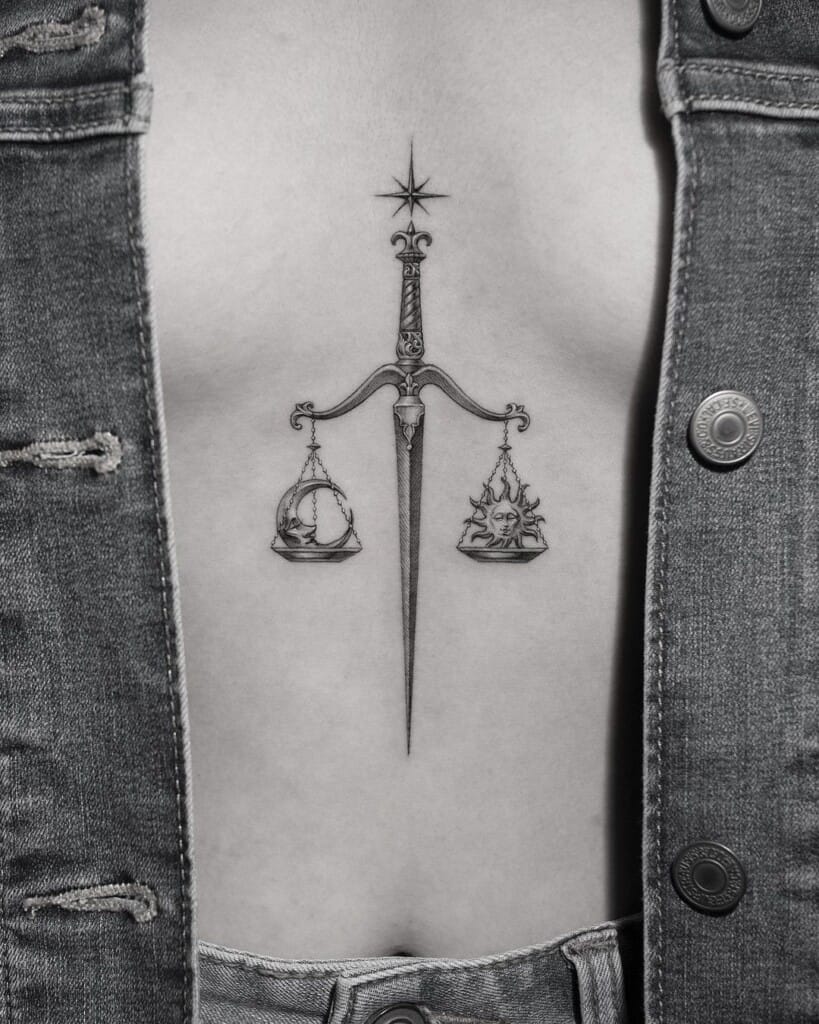


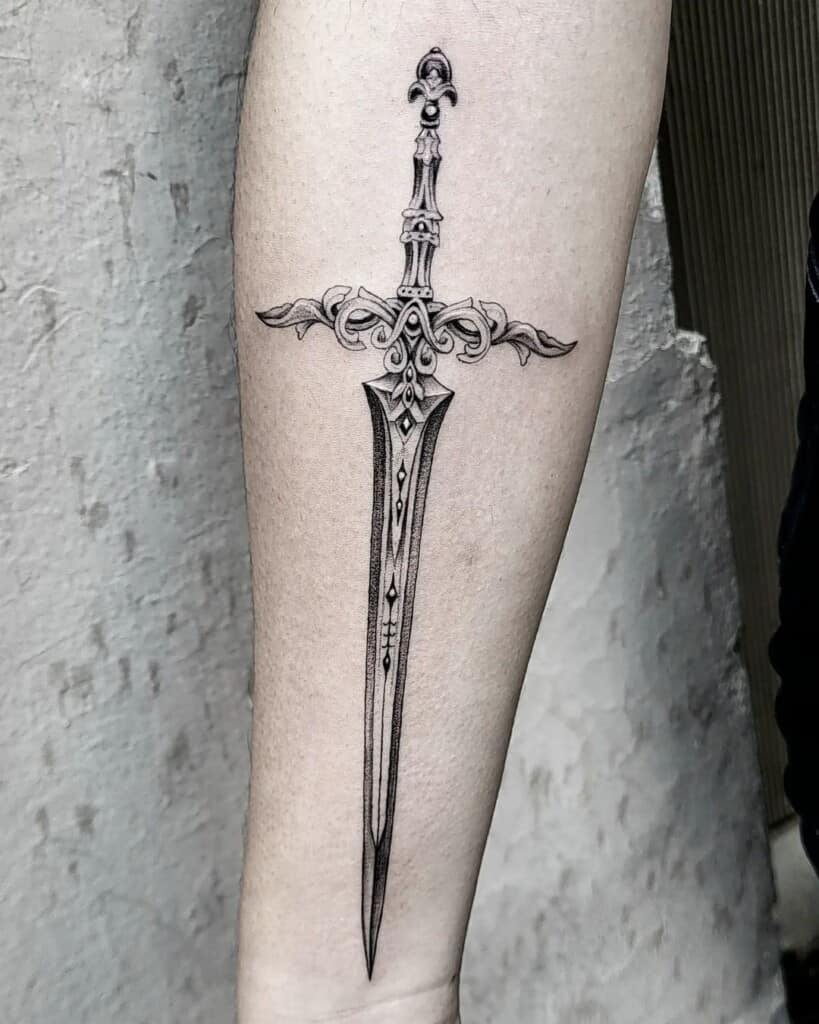
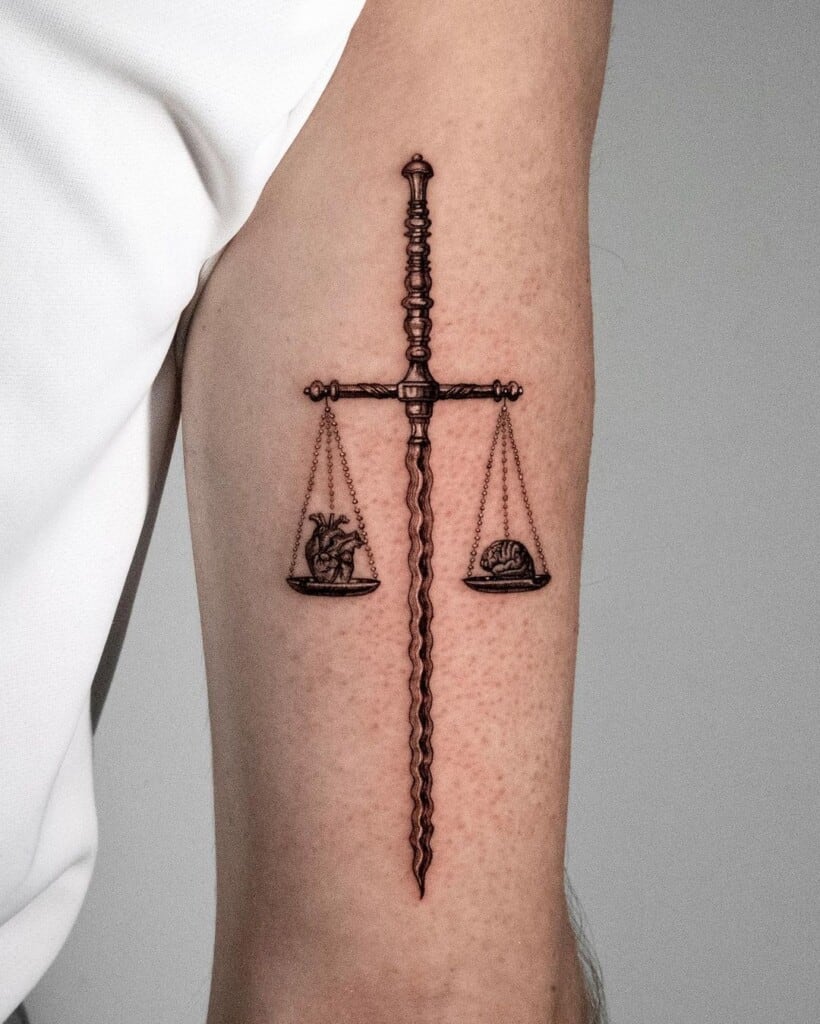
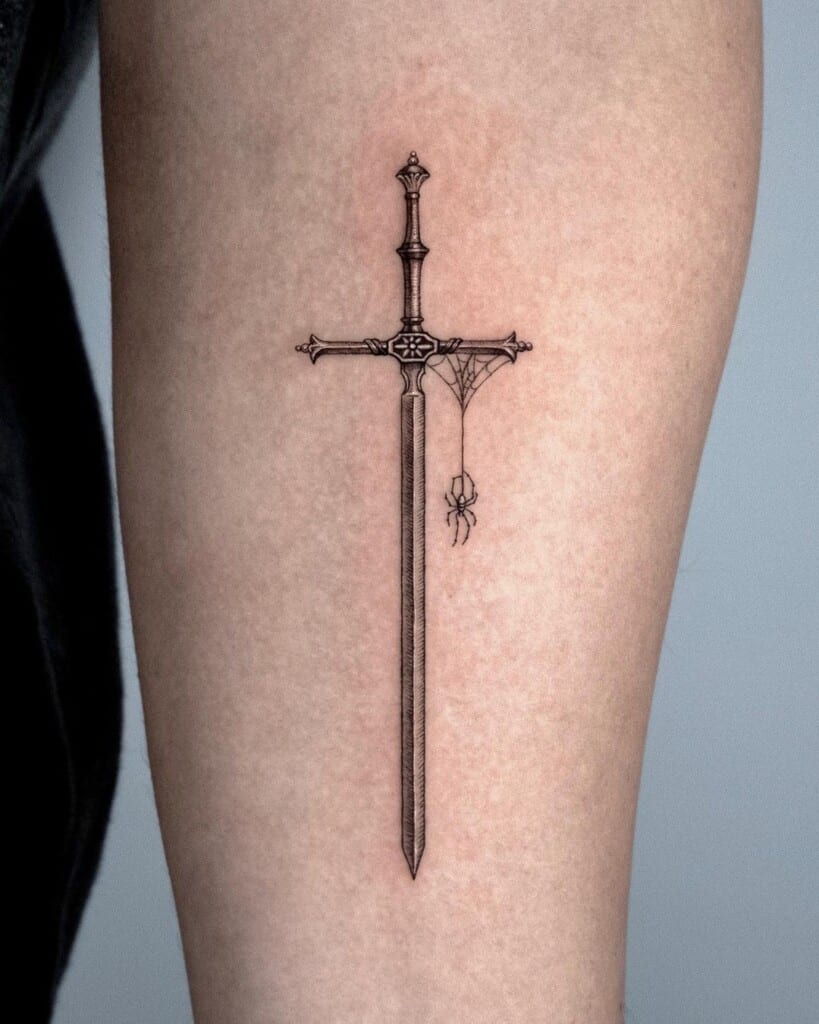
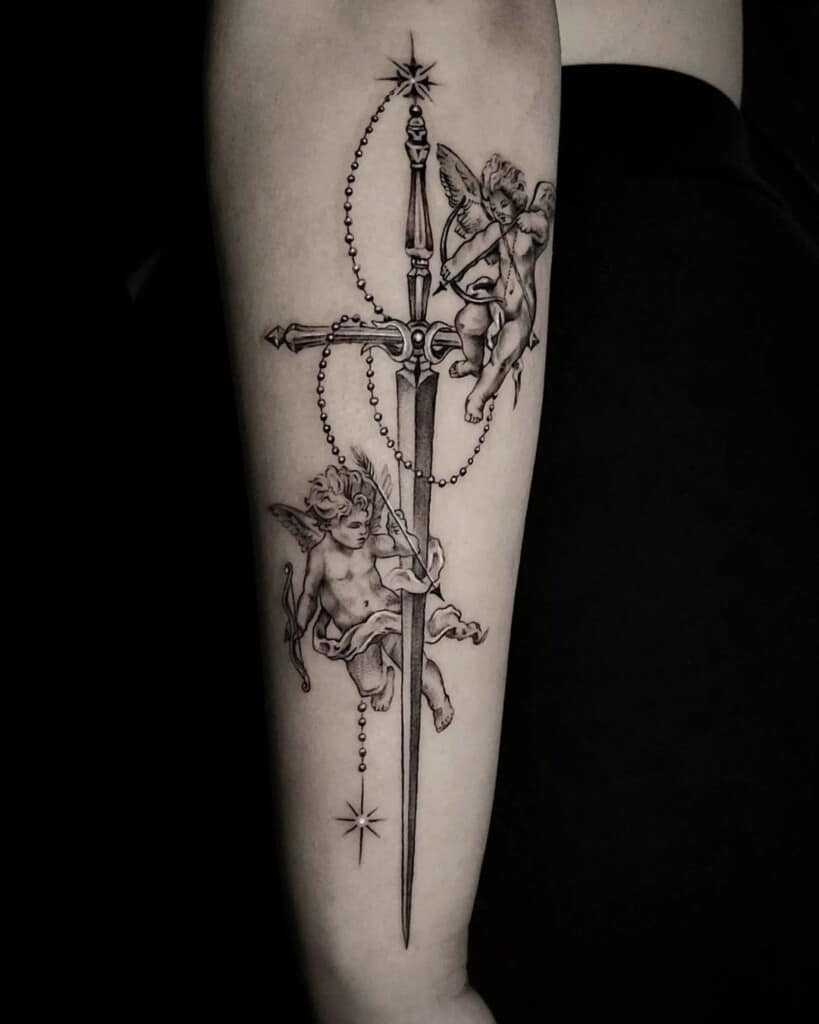
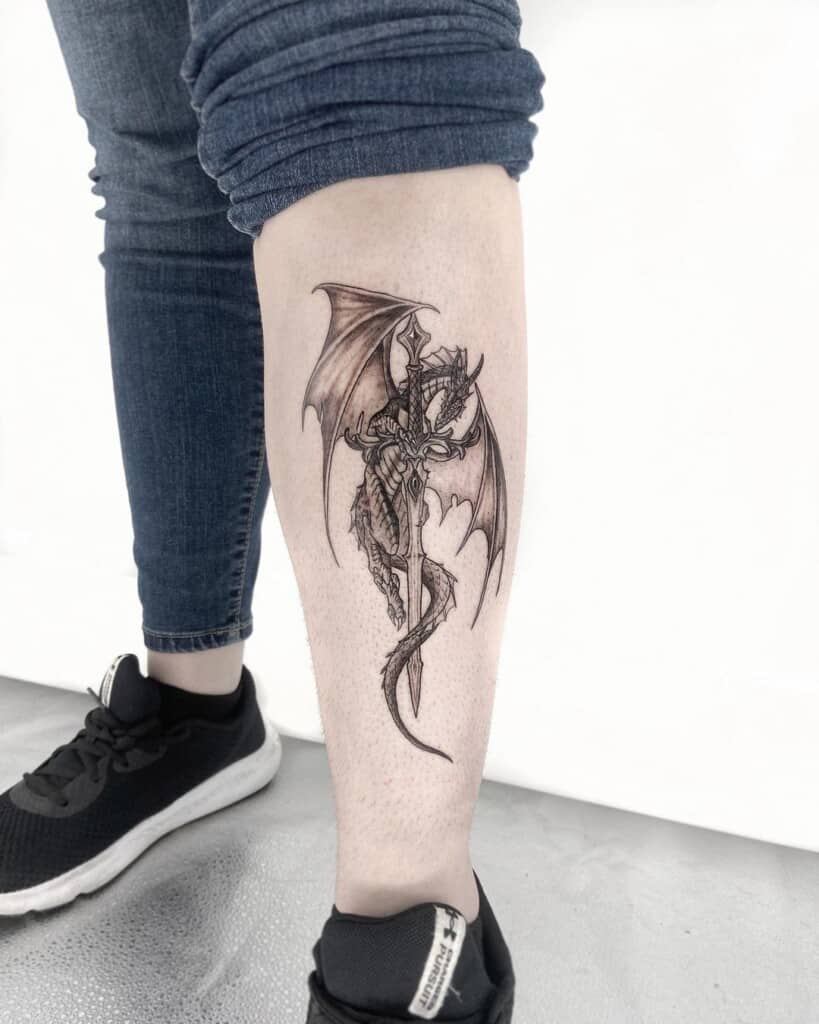
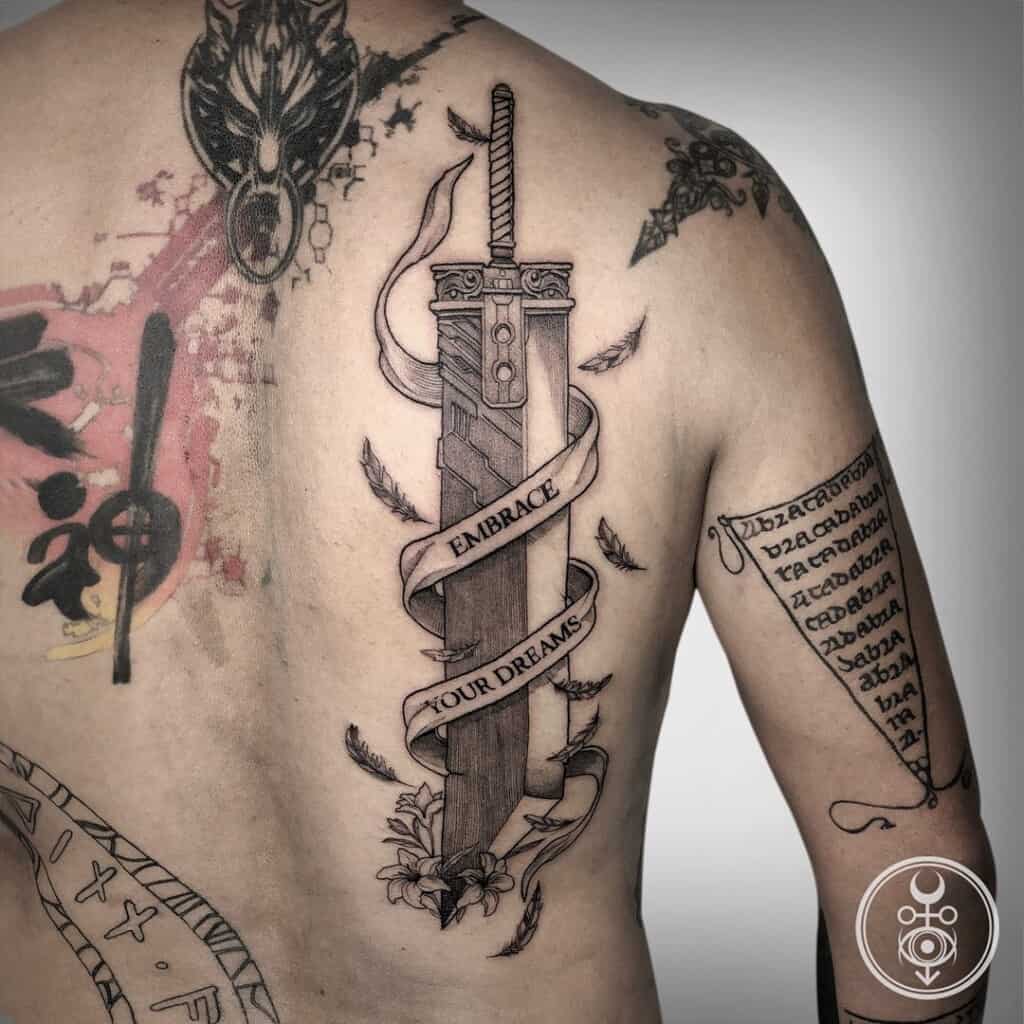

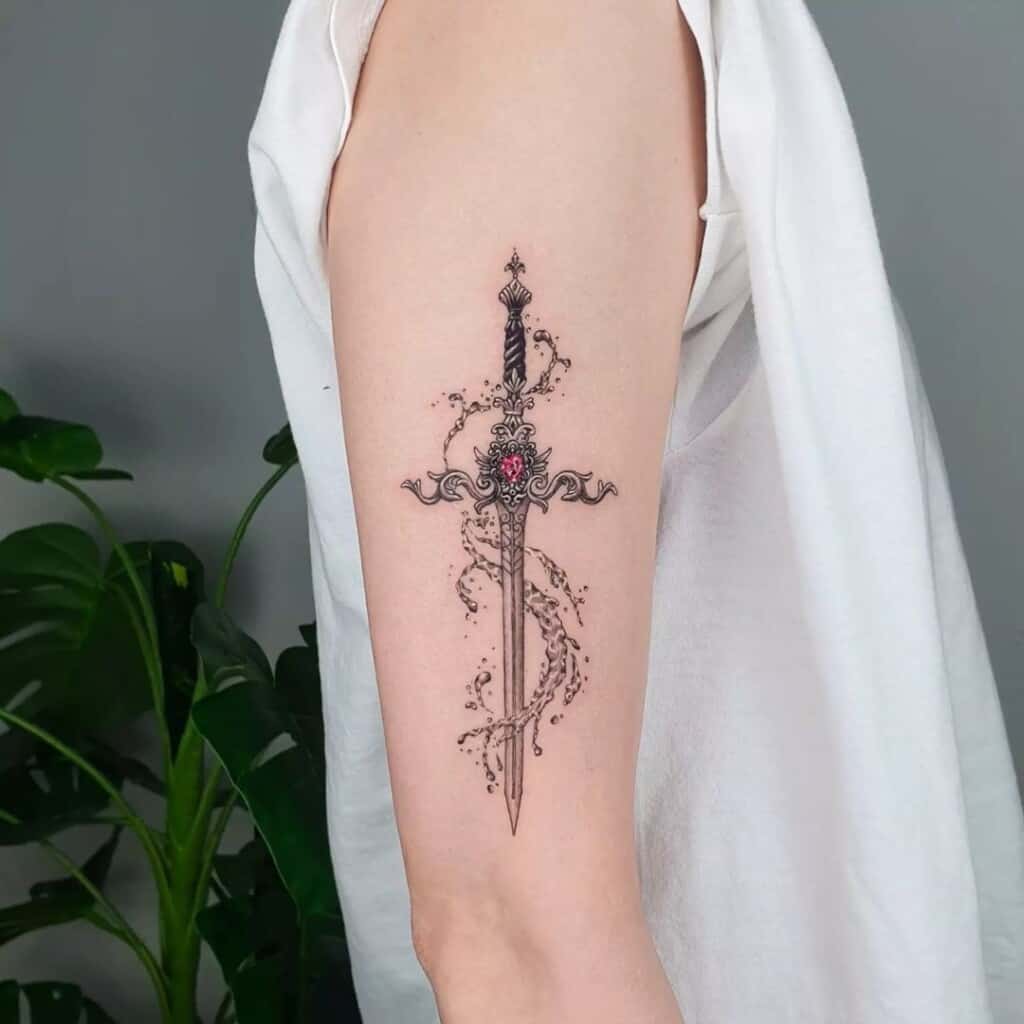
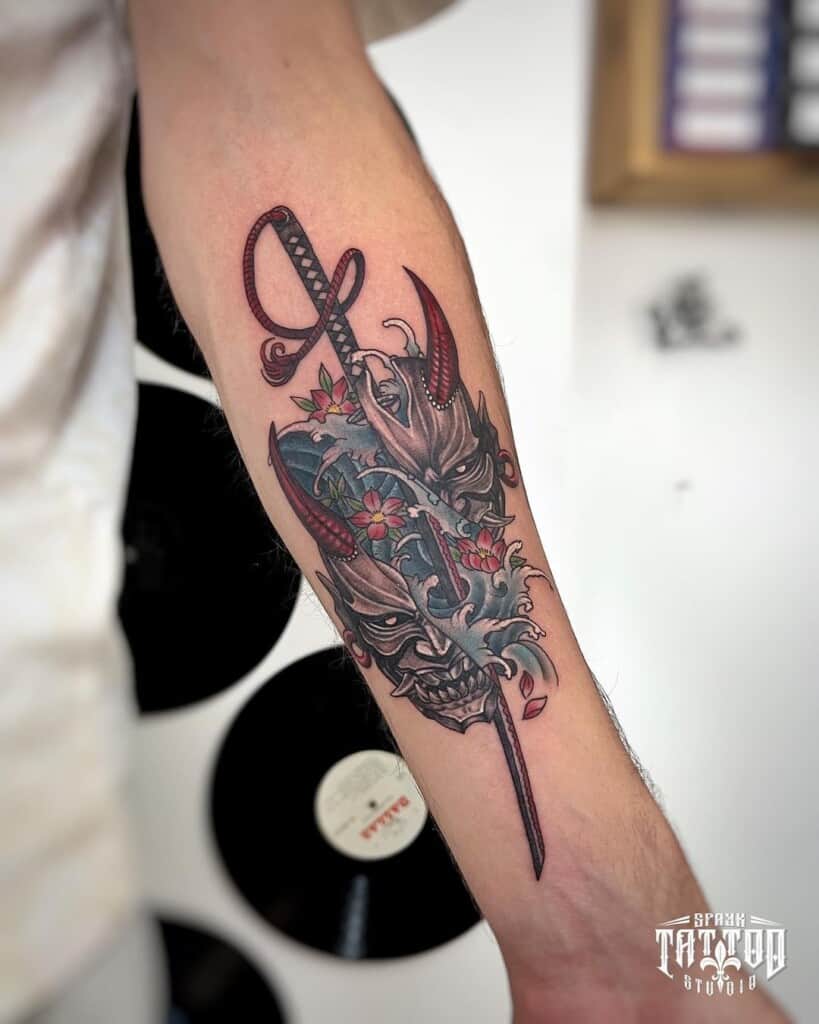

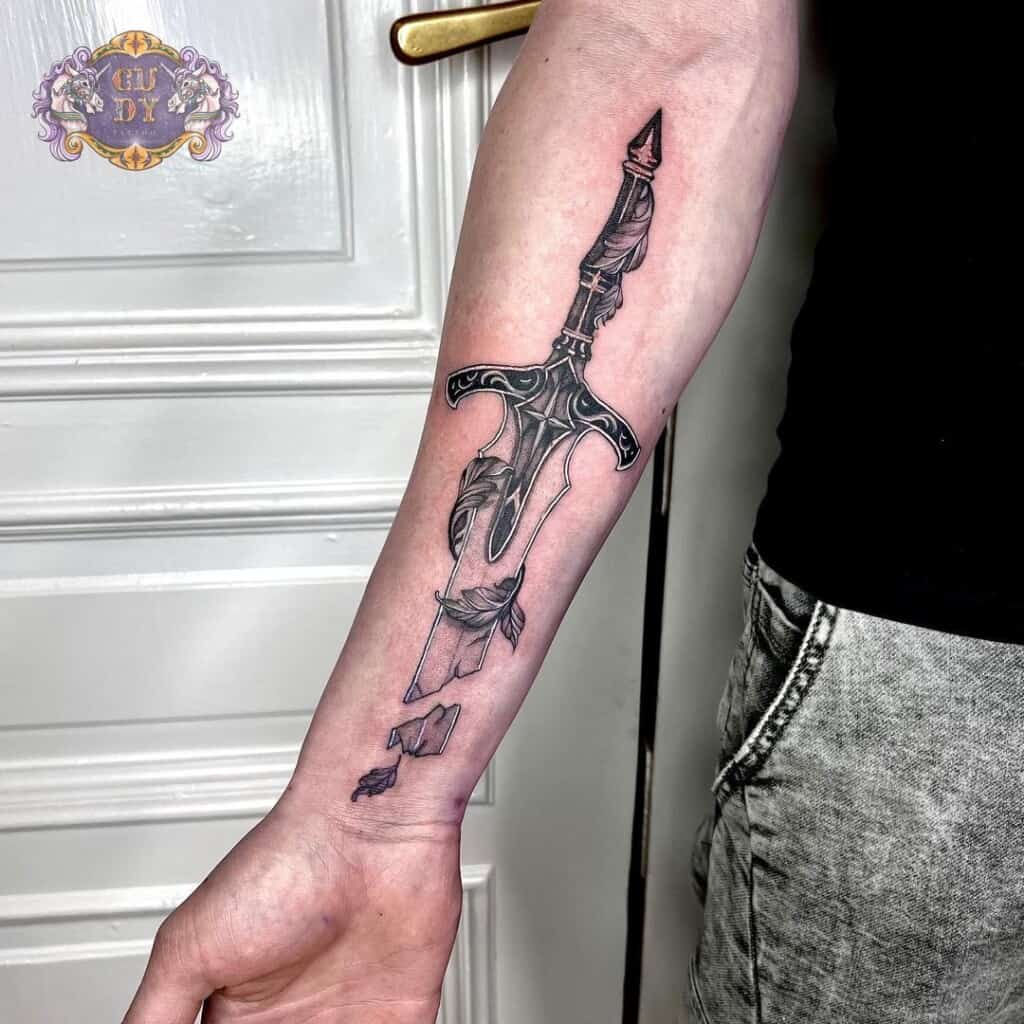
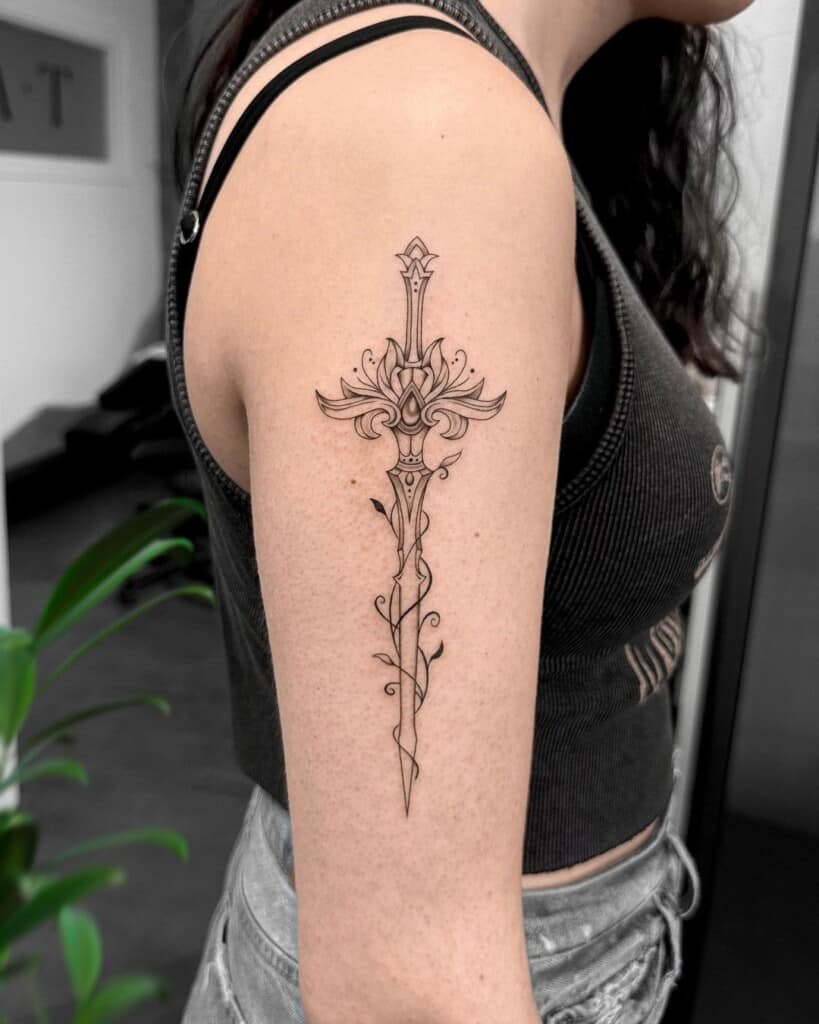

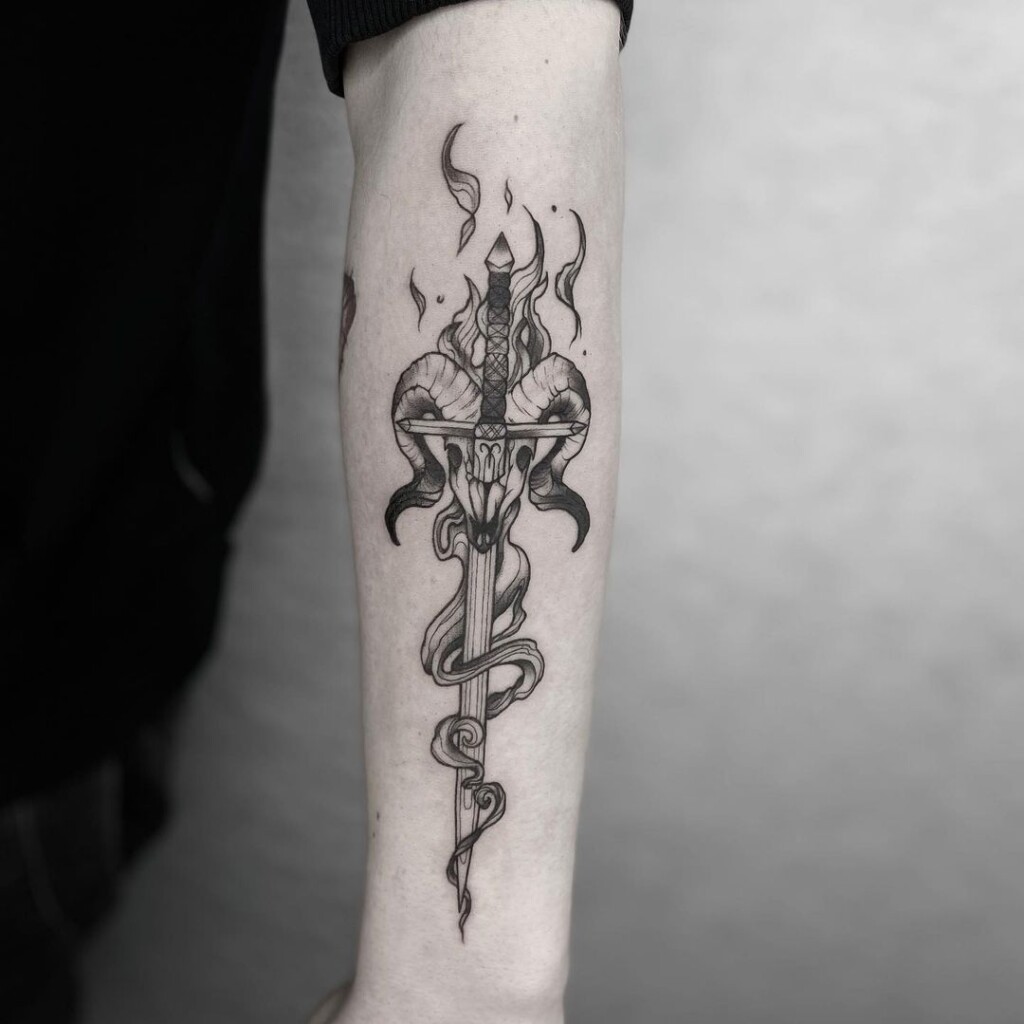
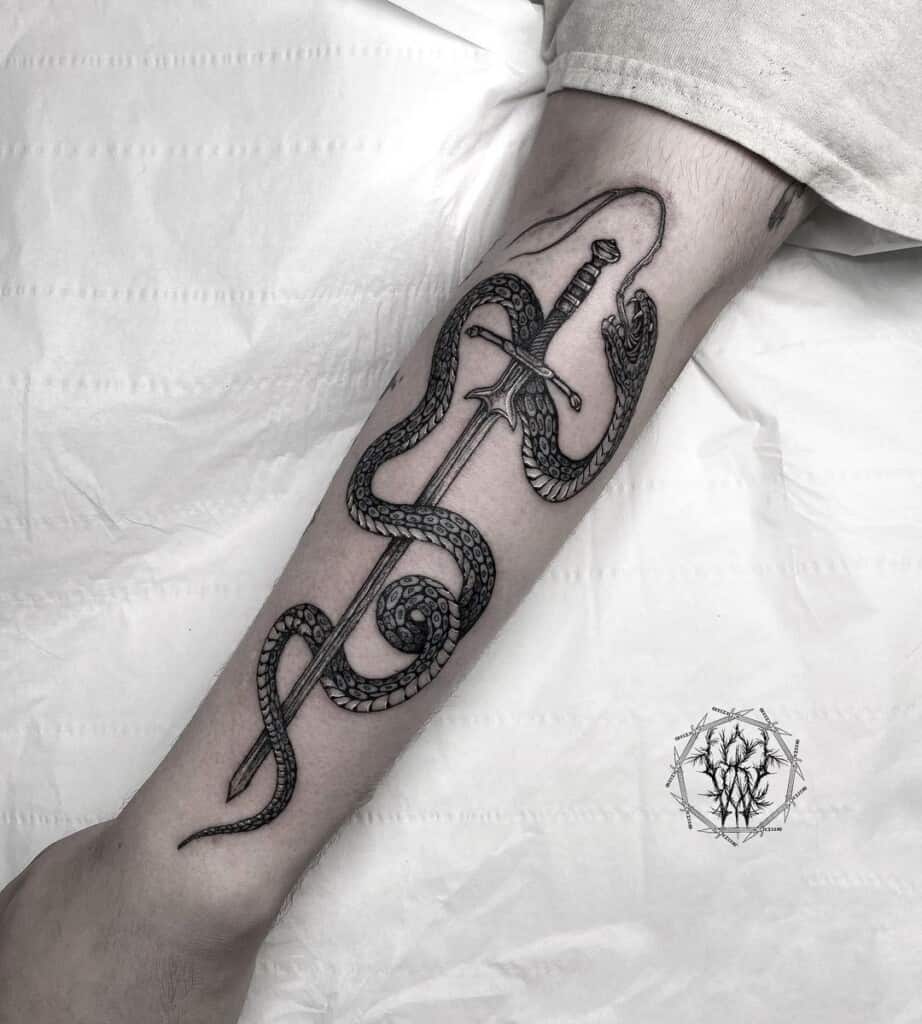
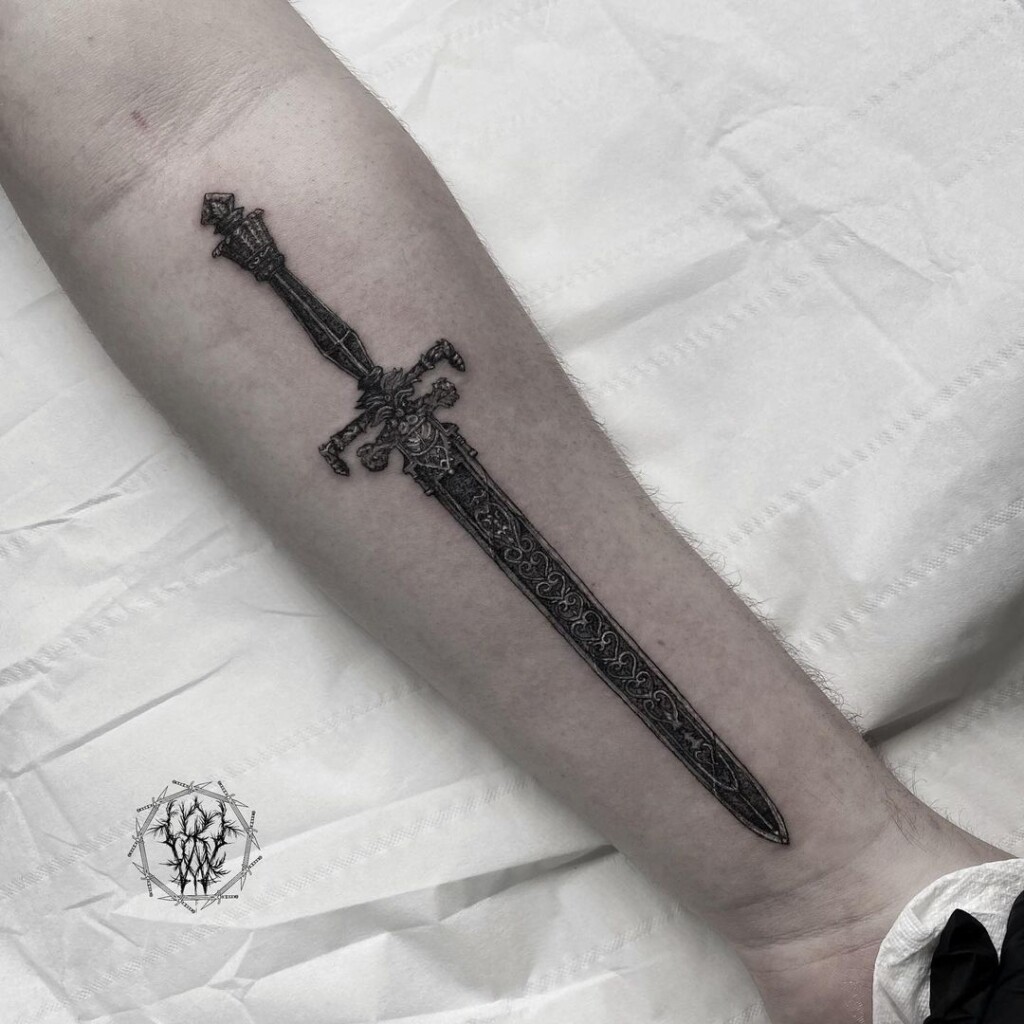
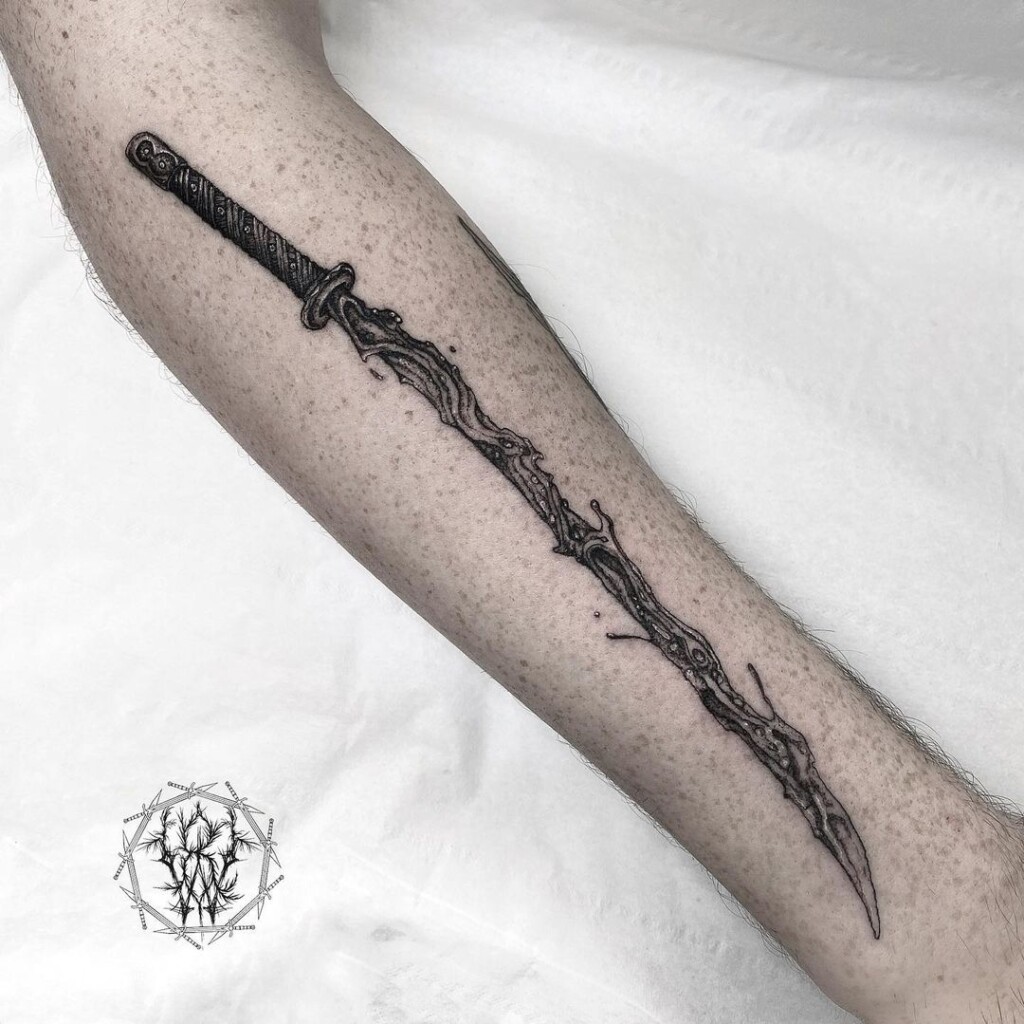
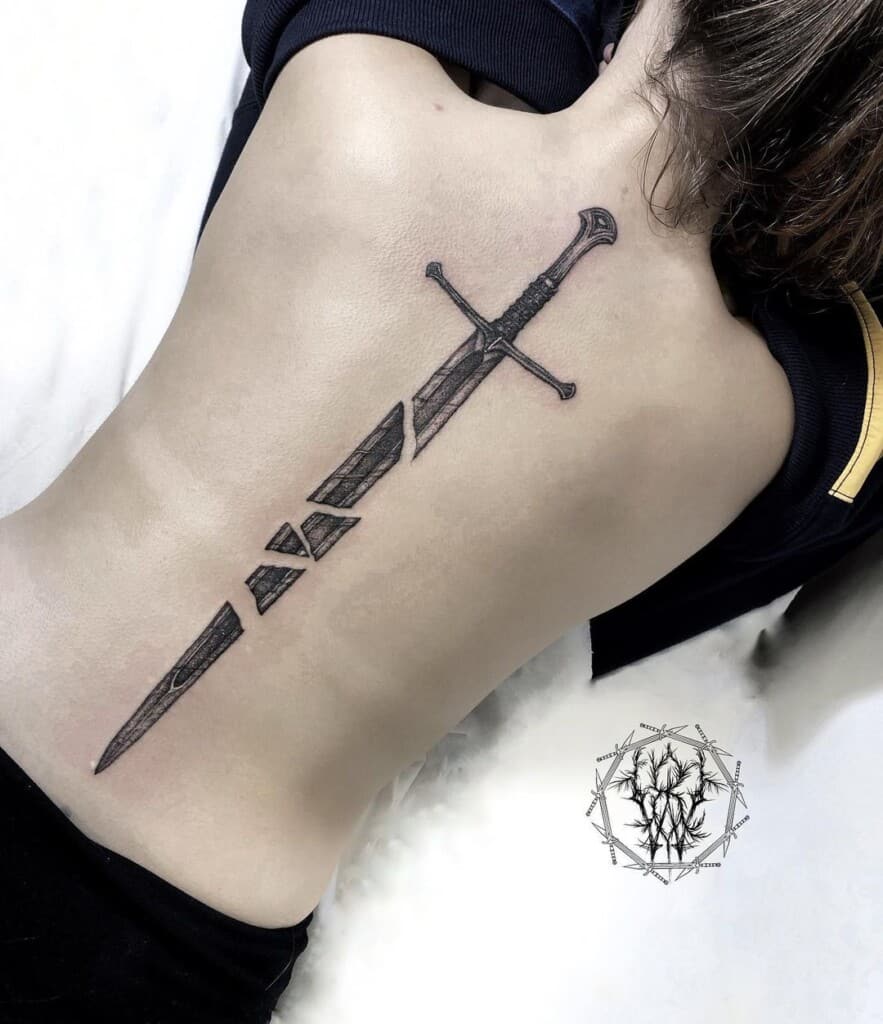

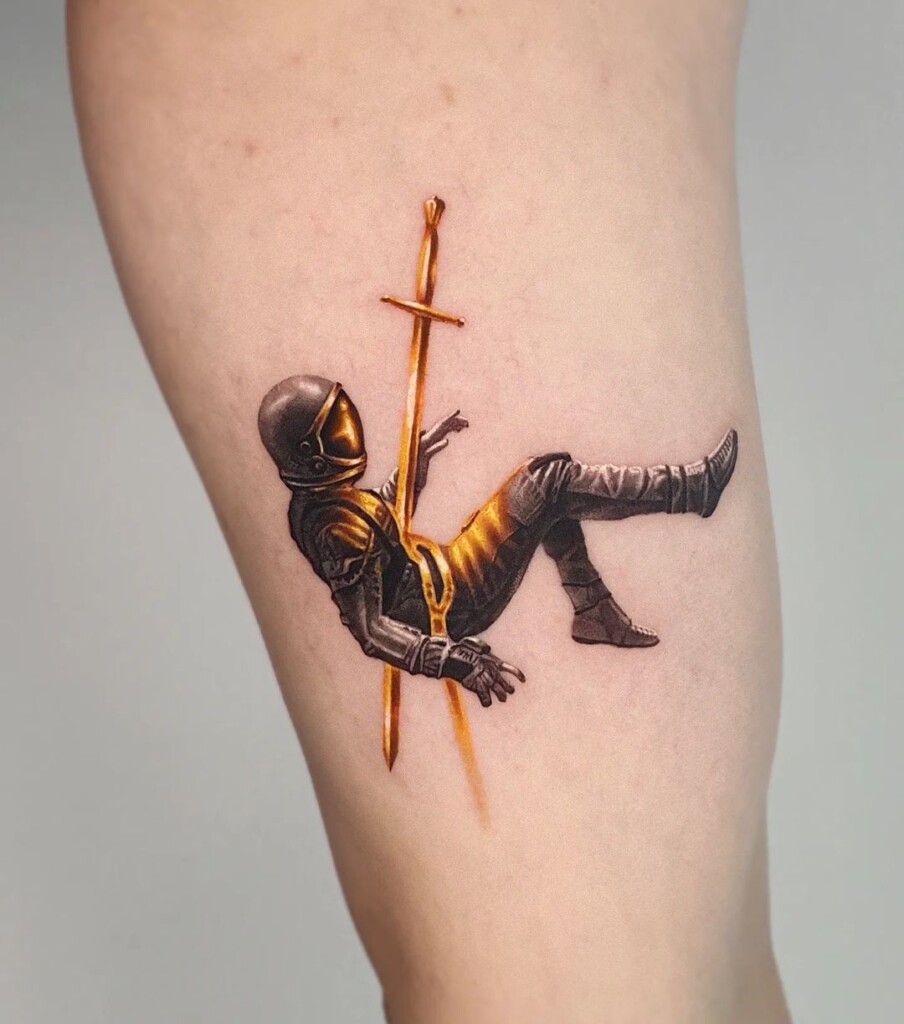

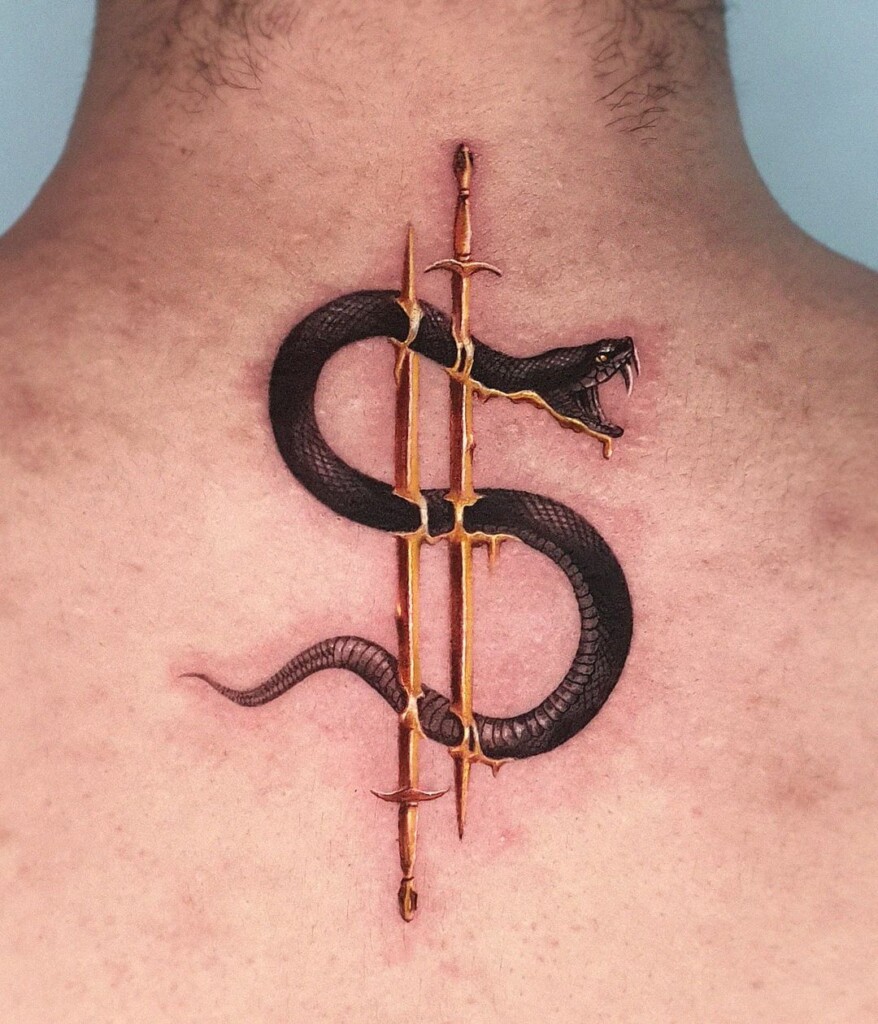
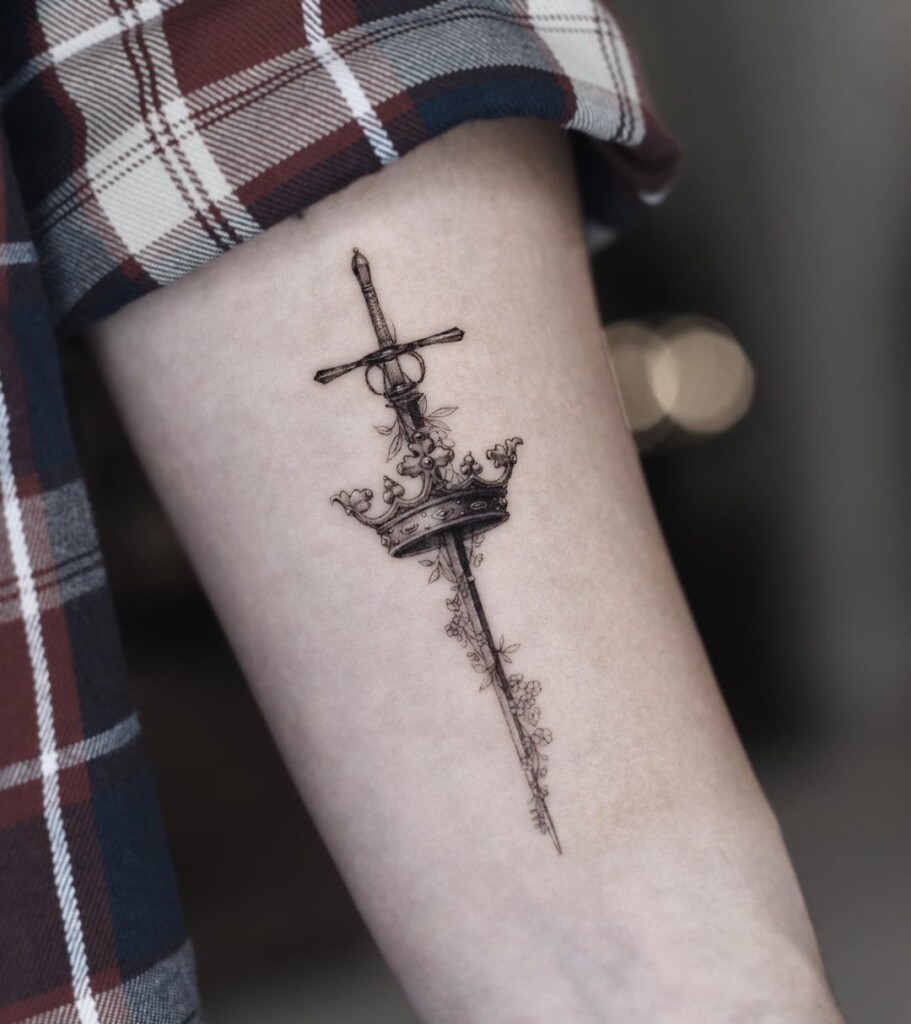
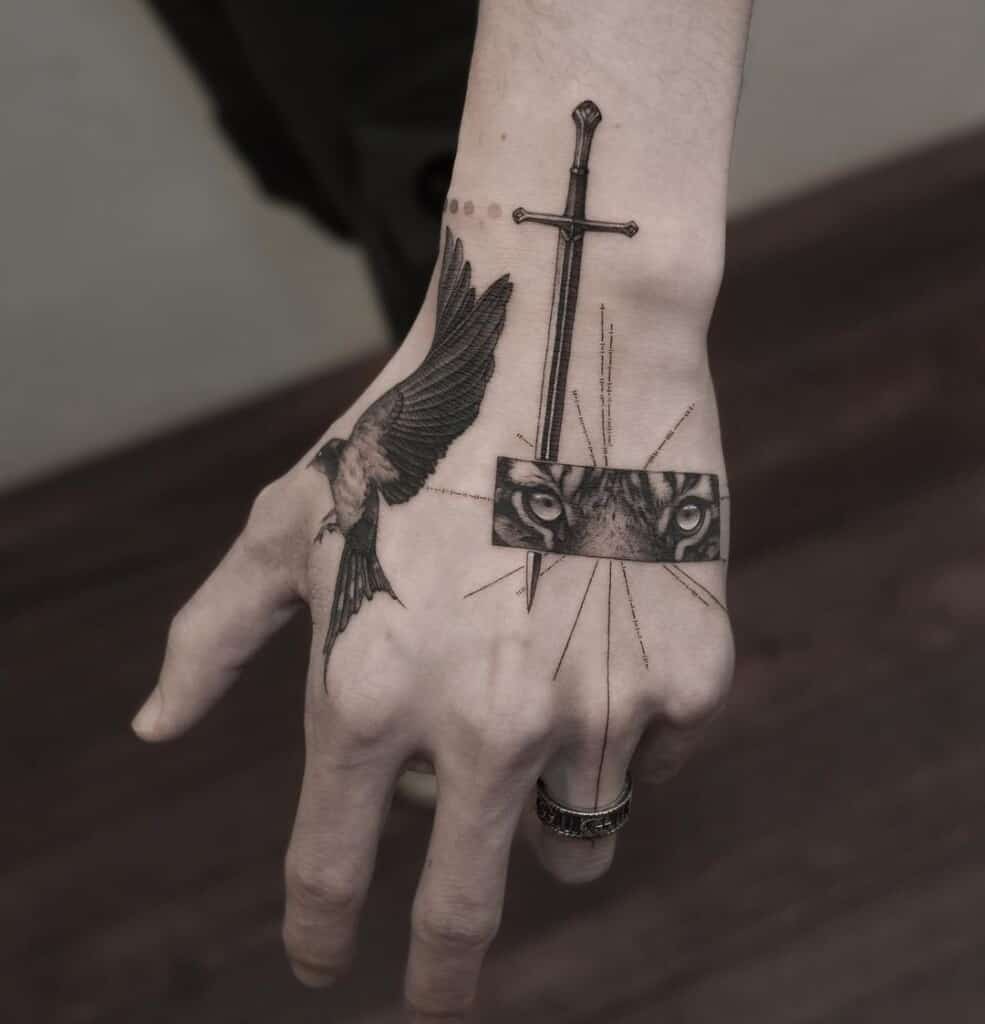
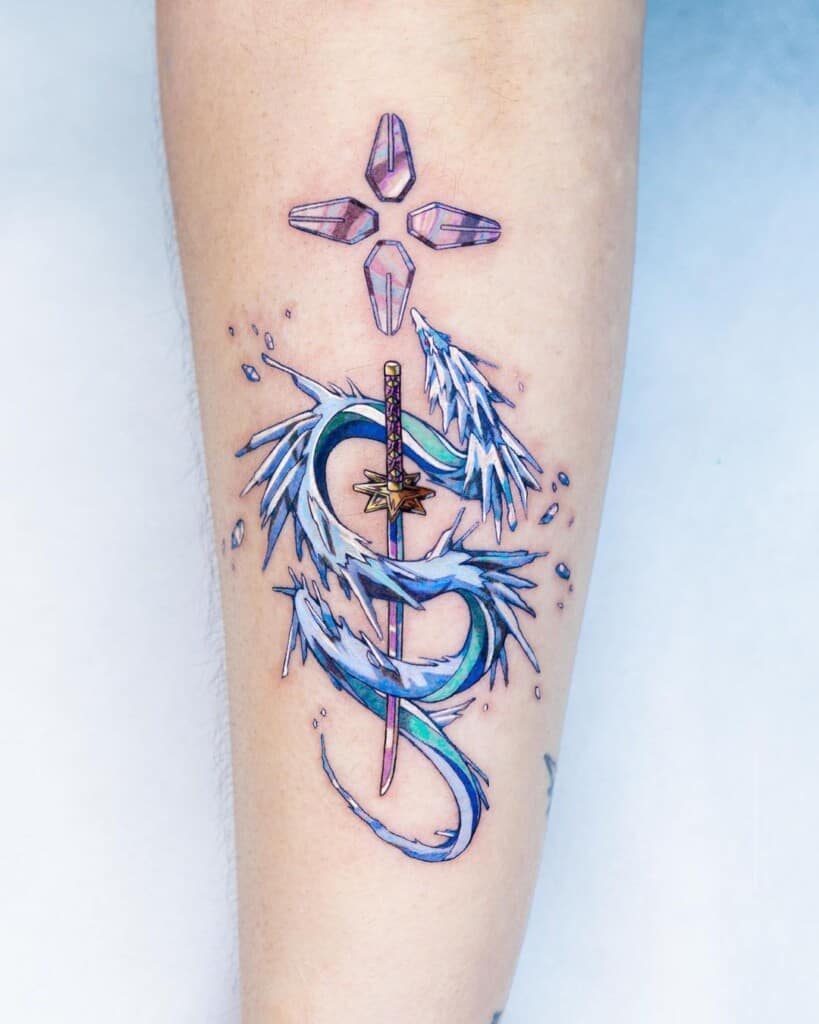
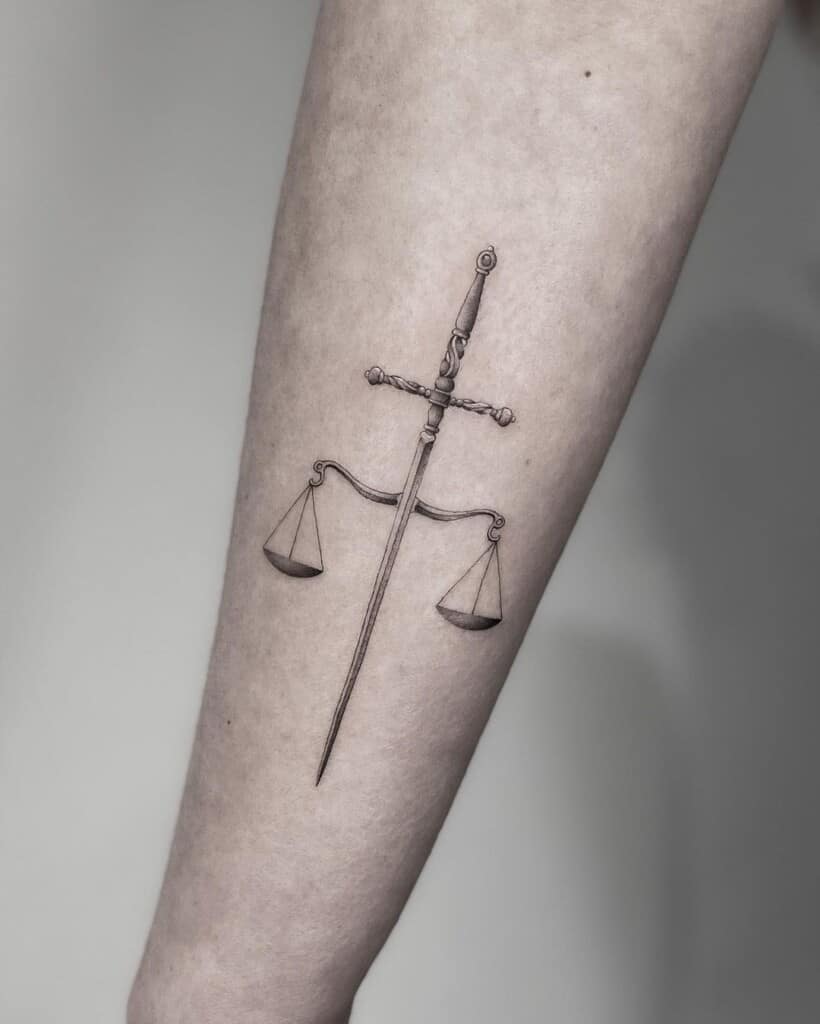

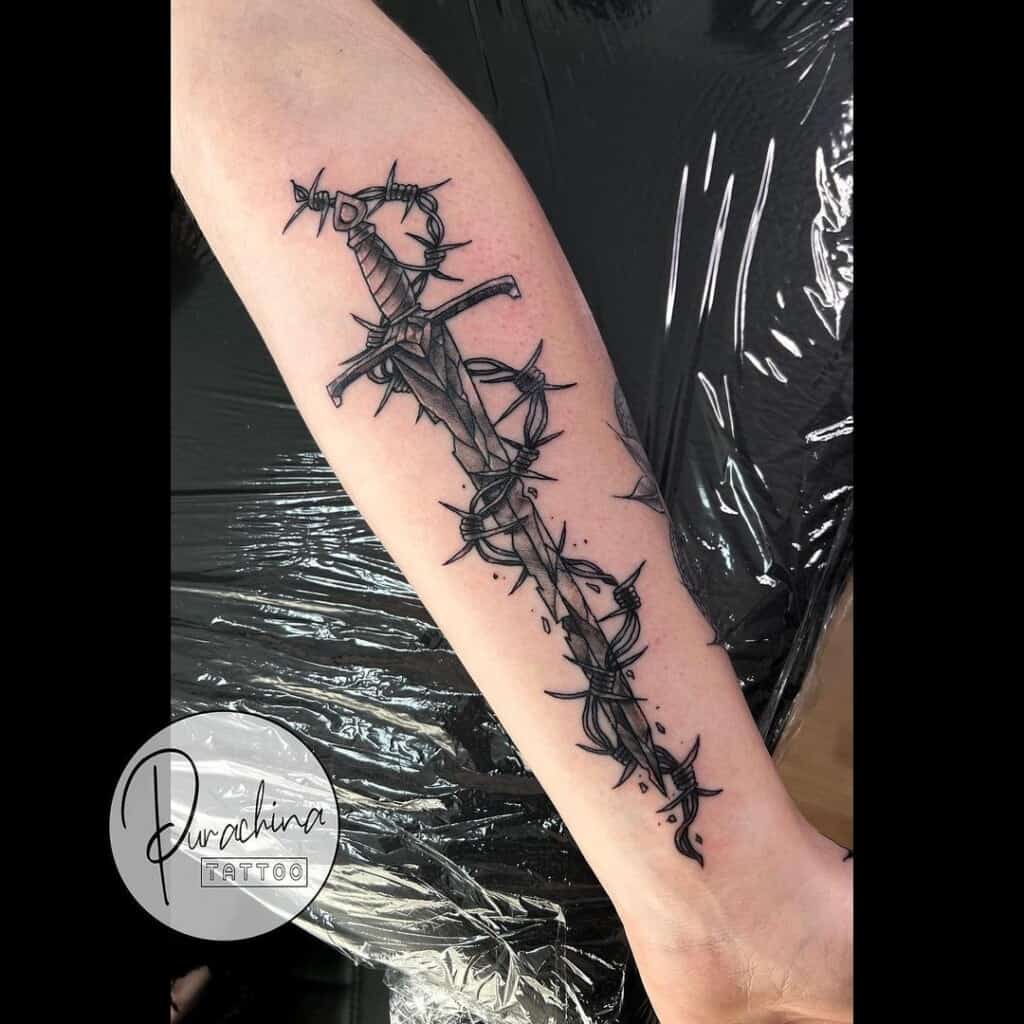
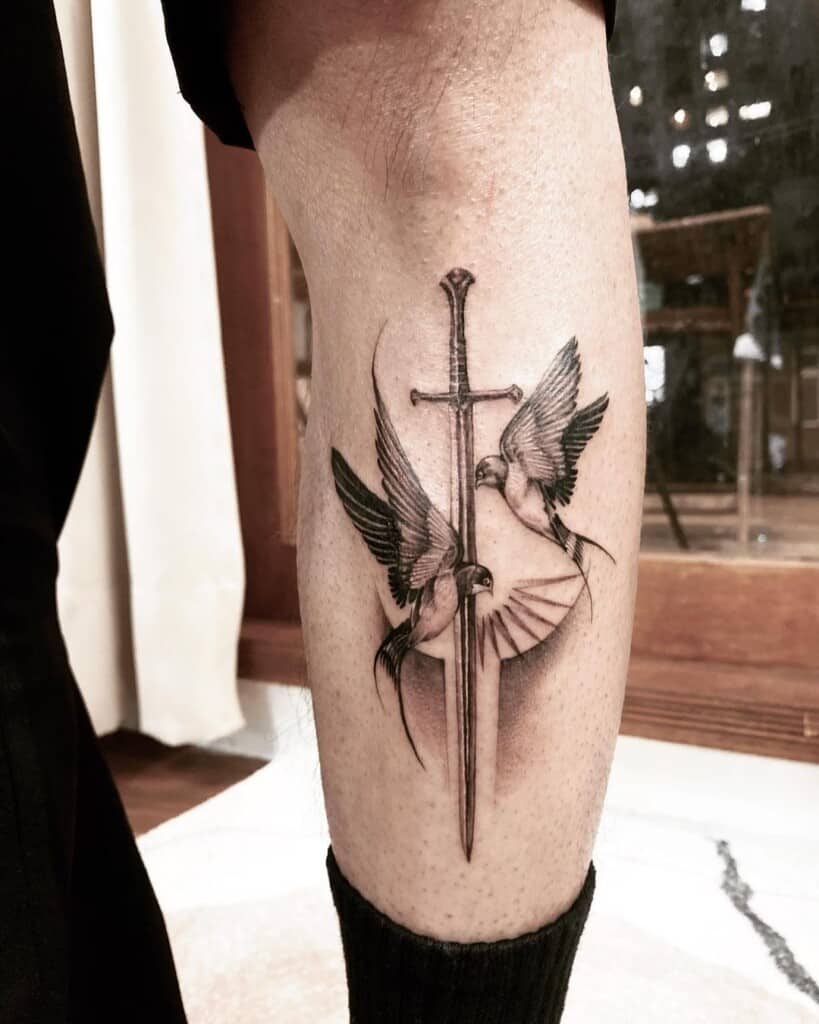
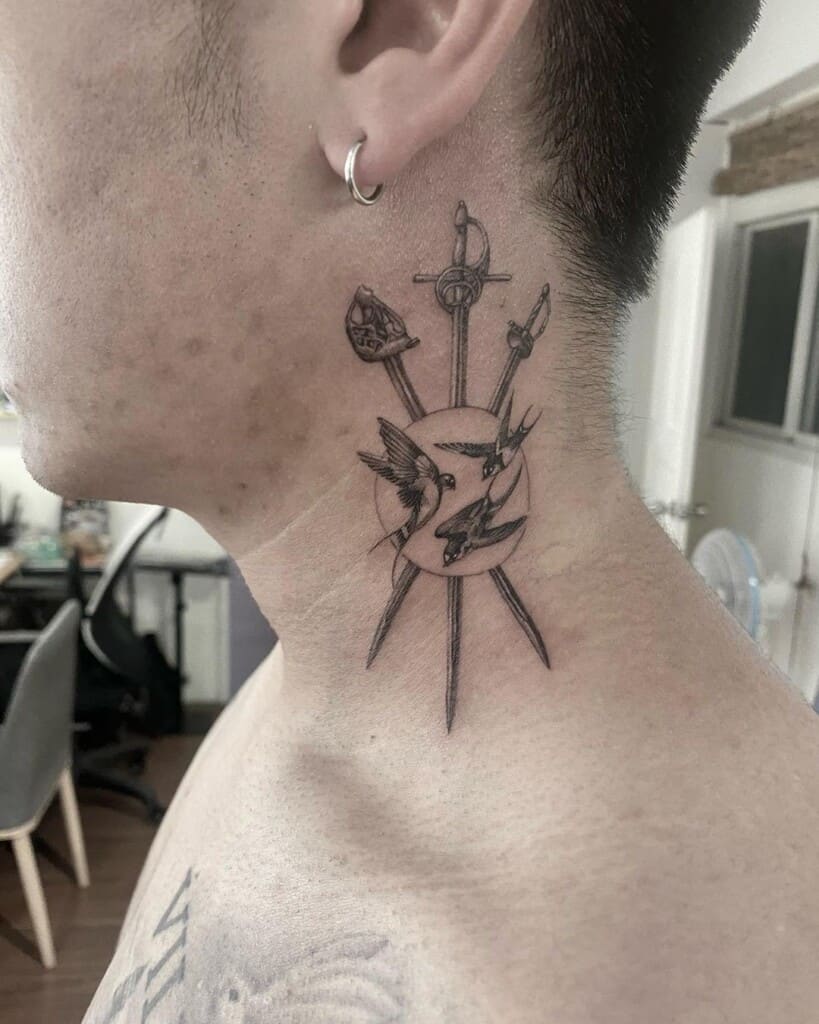
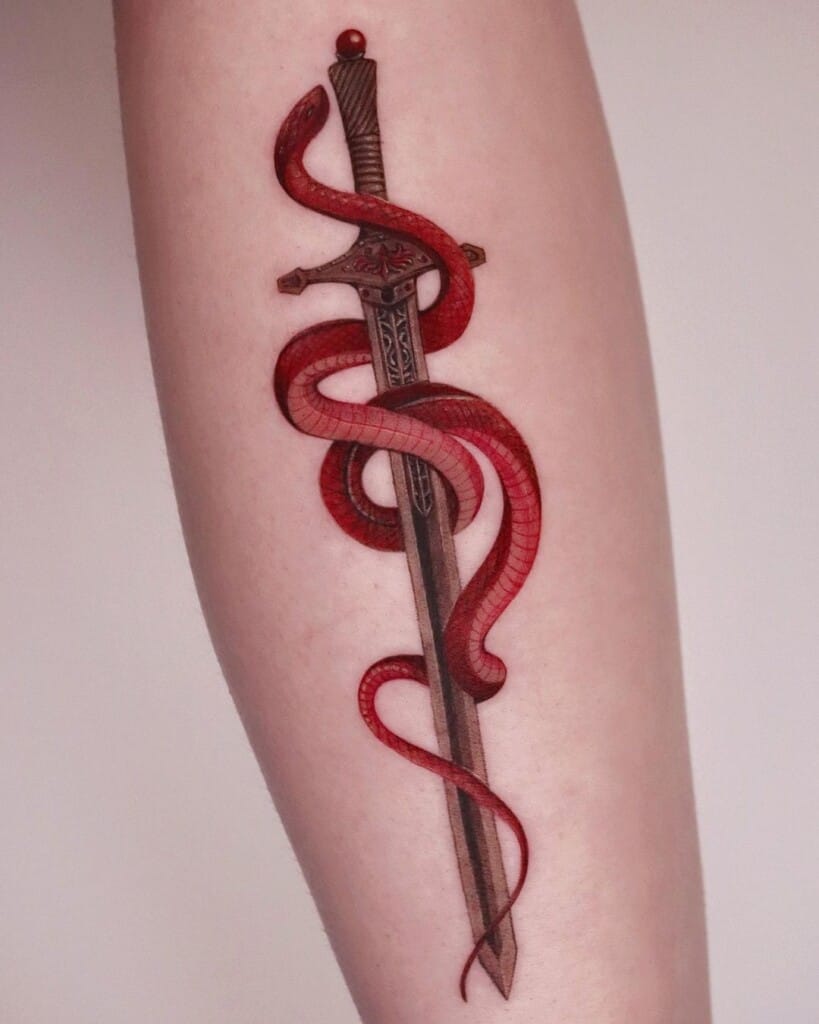

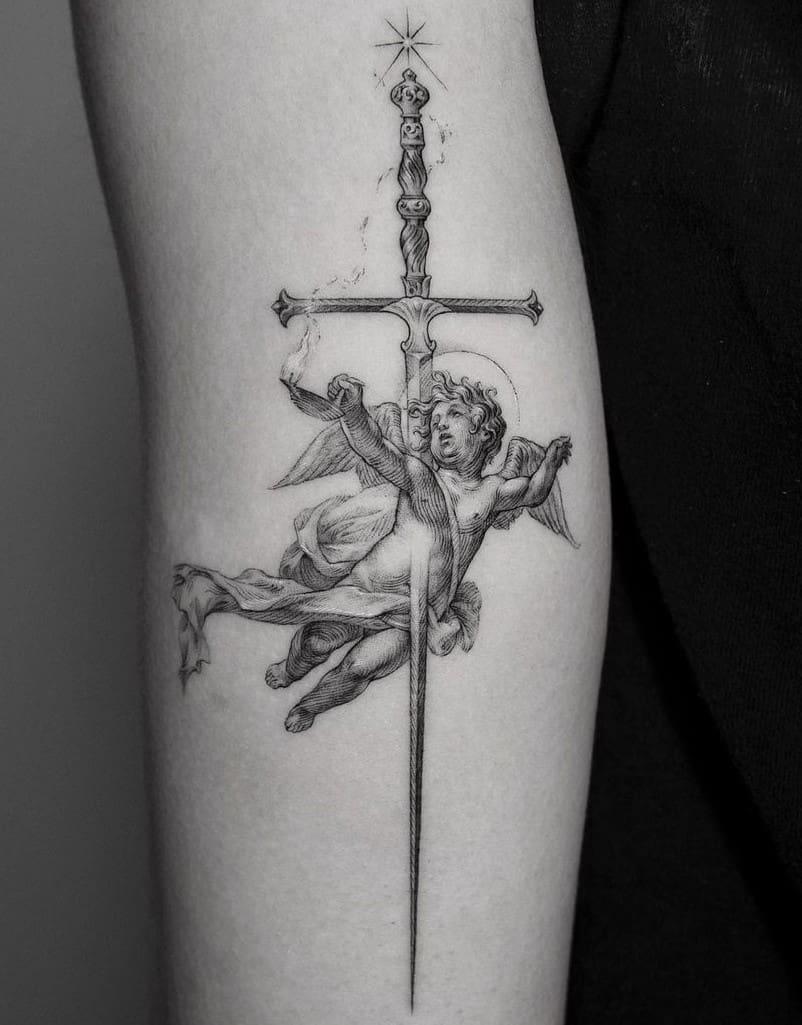
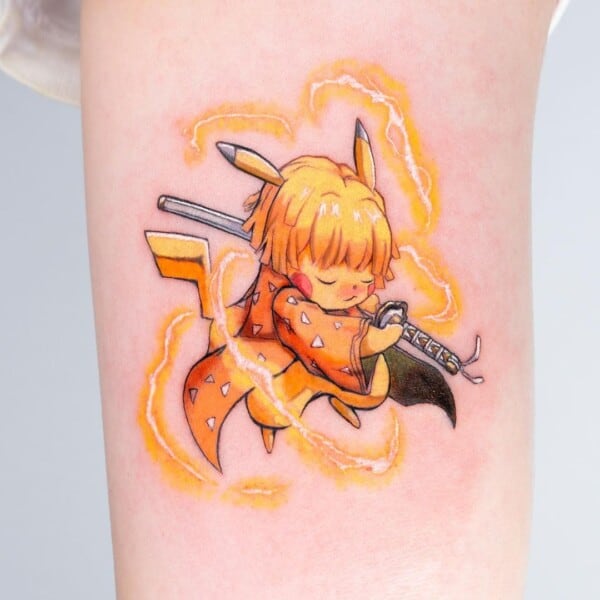
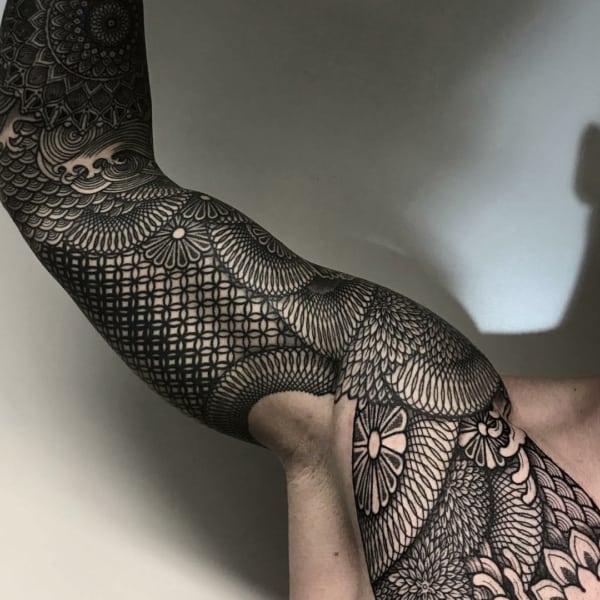
Leave a Comment